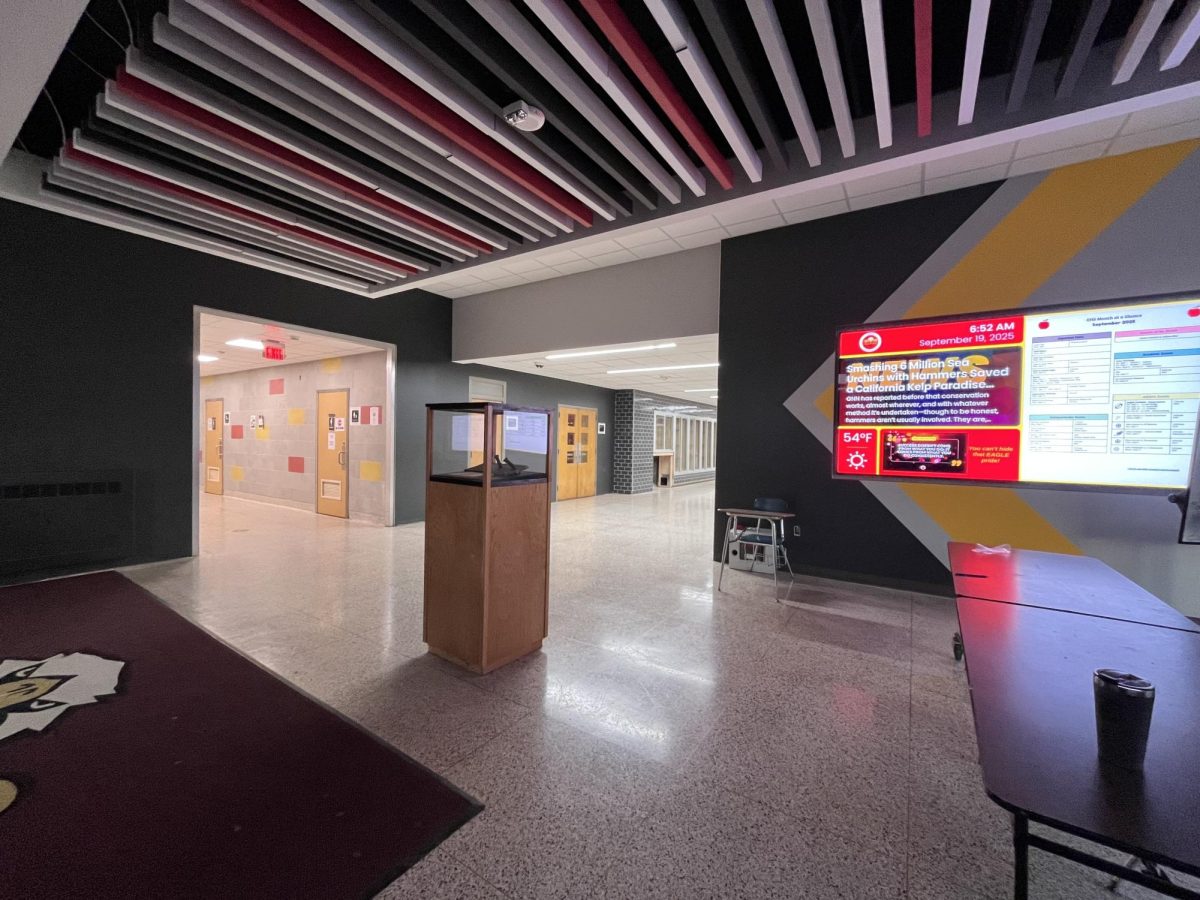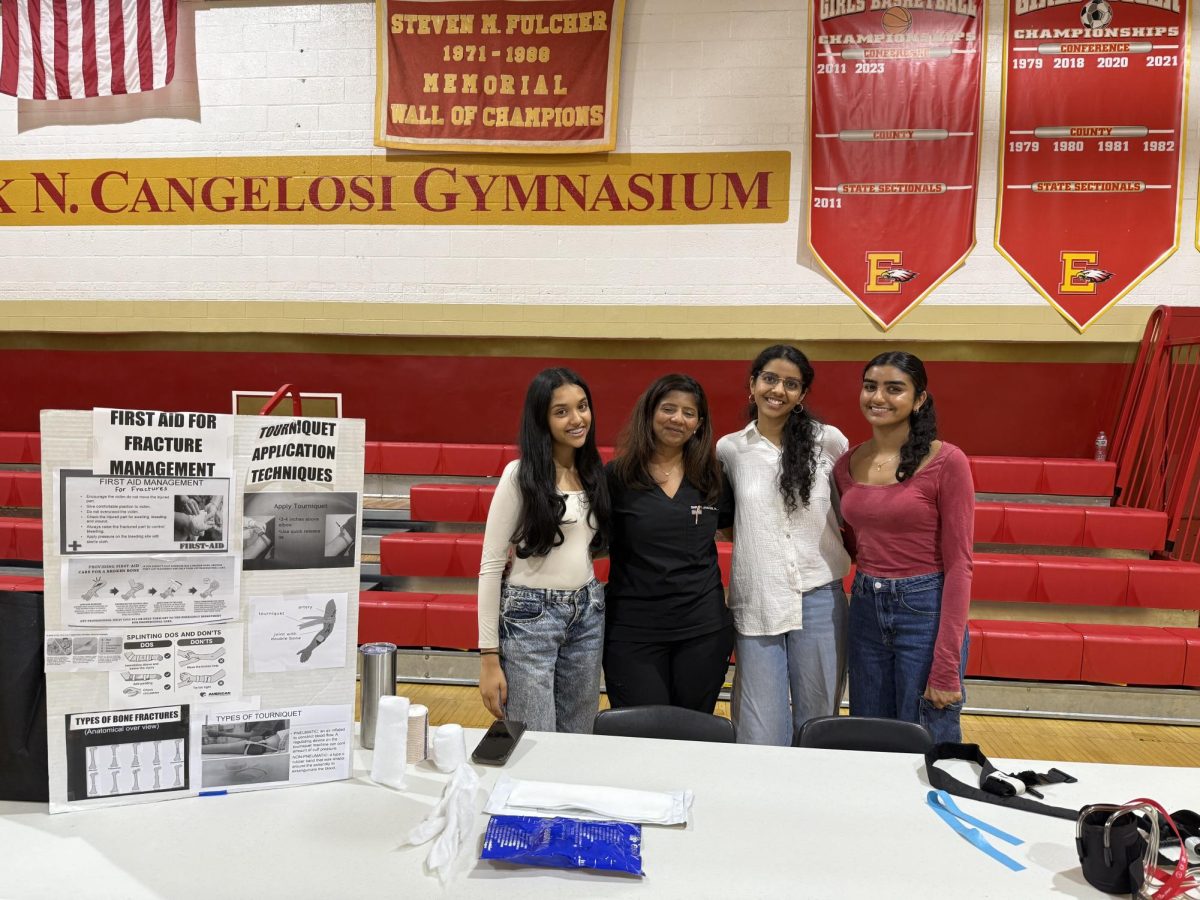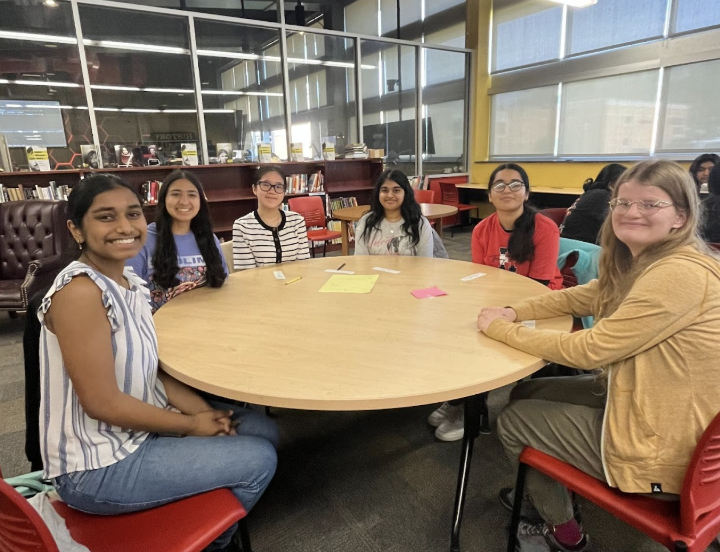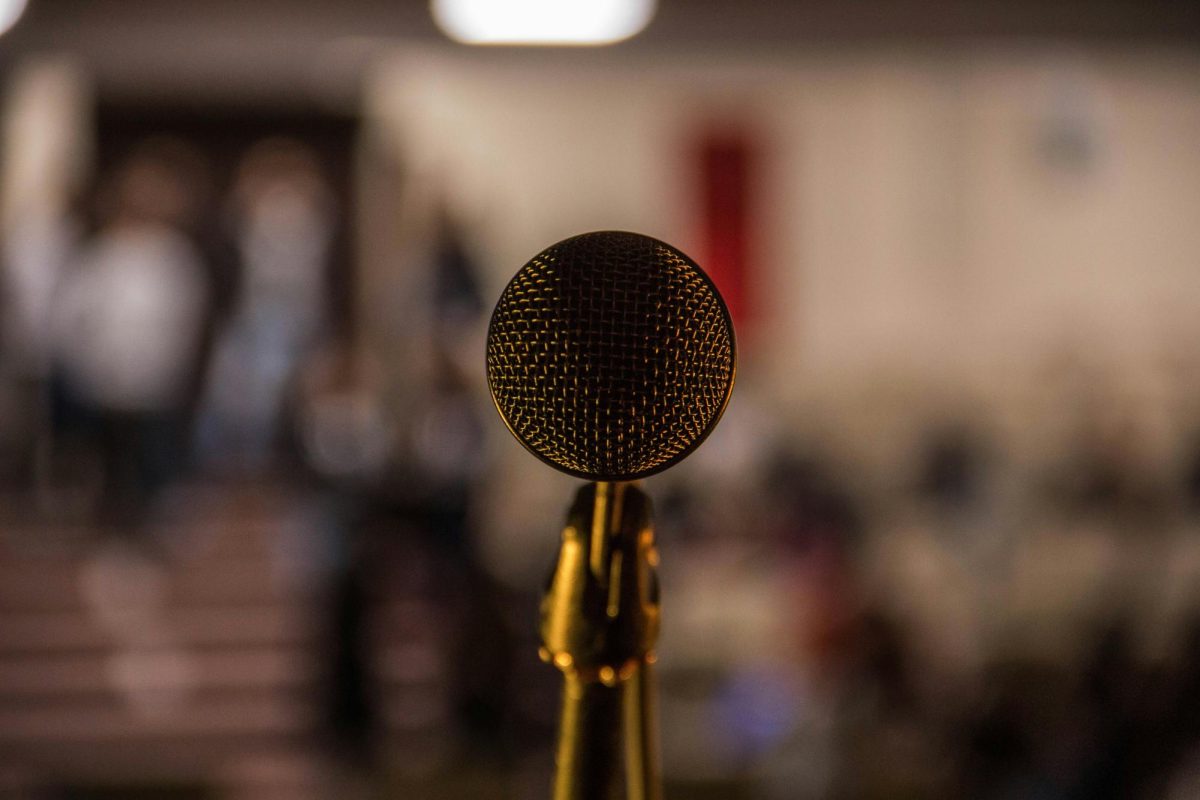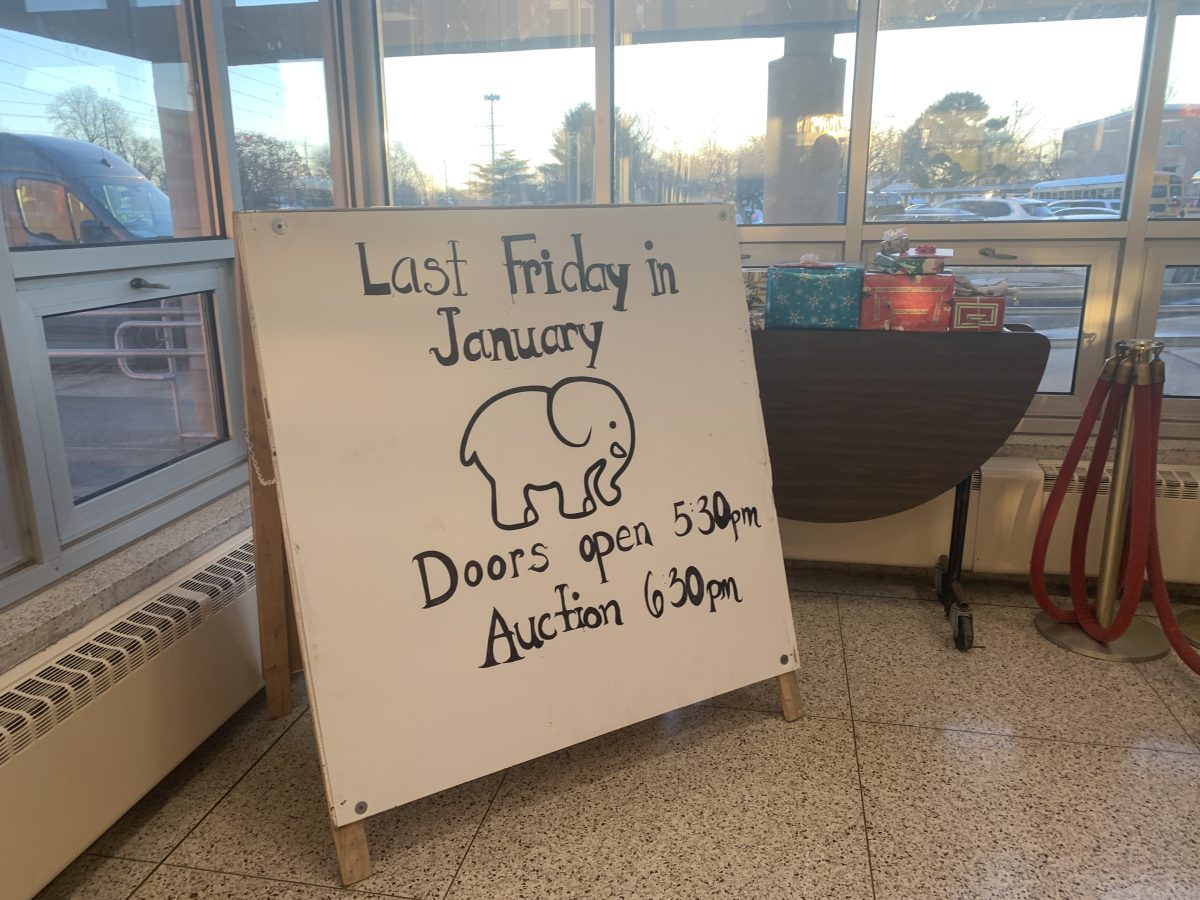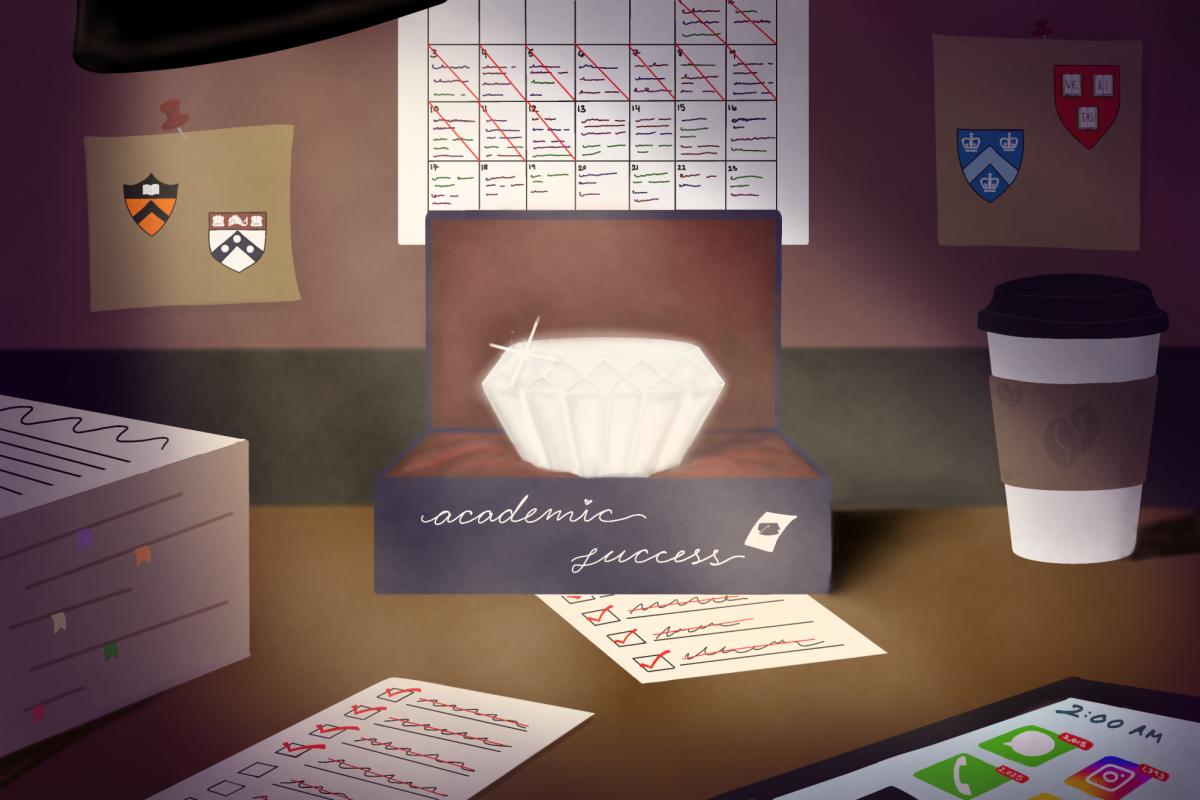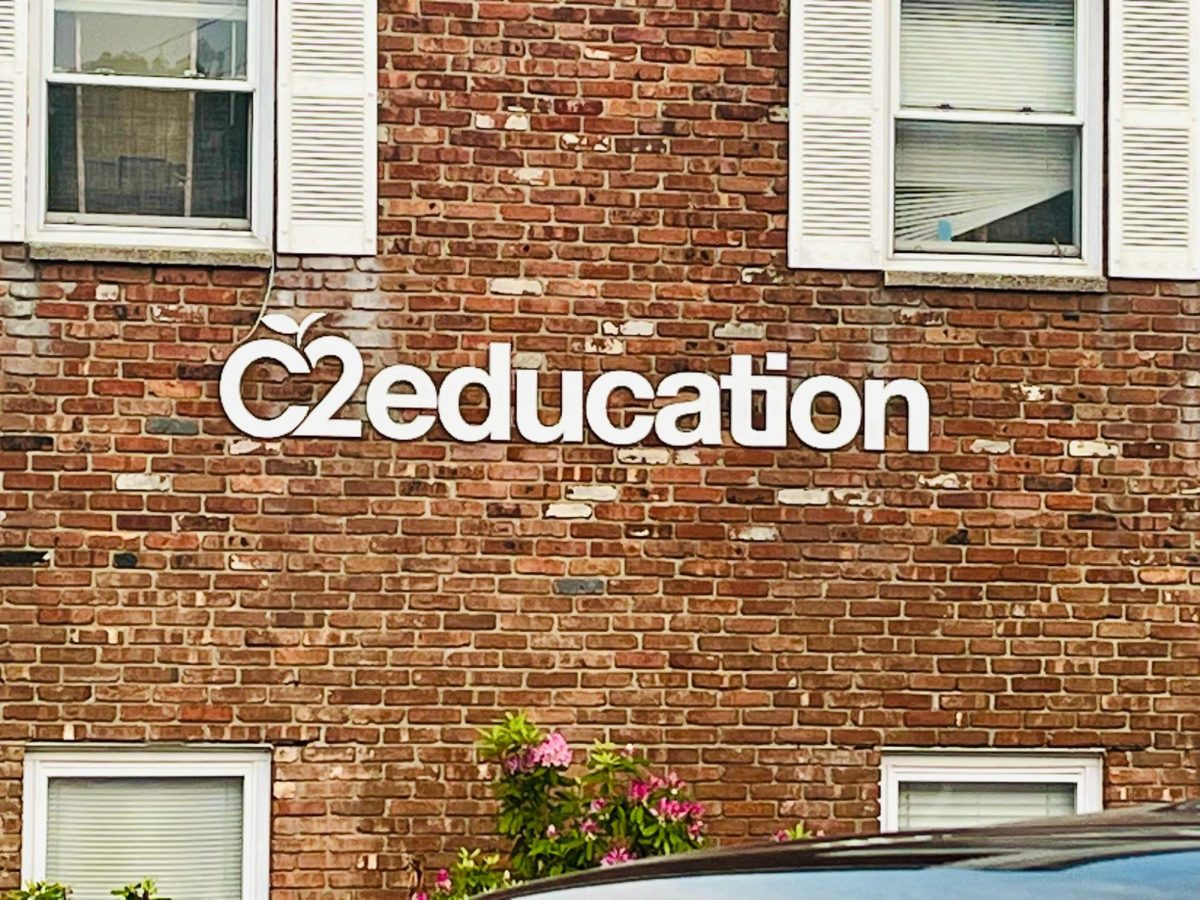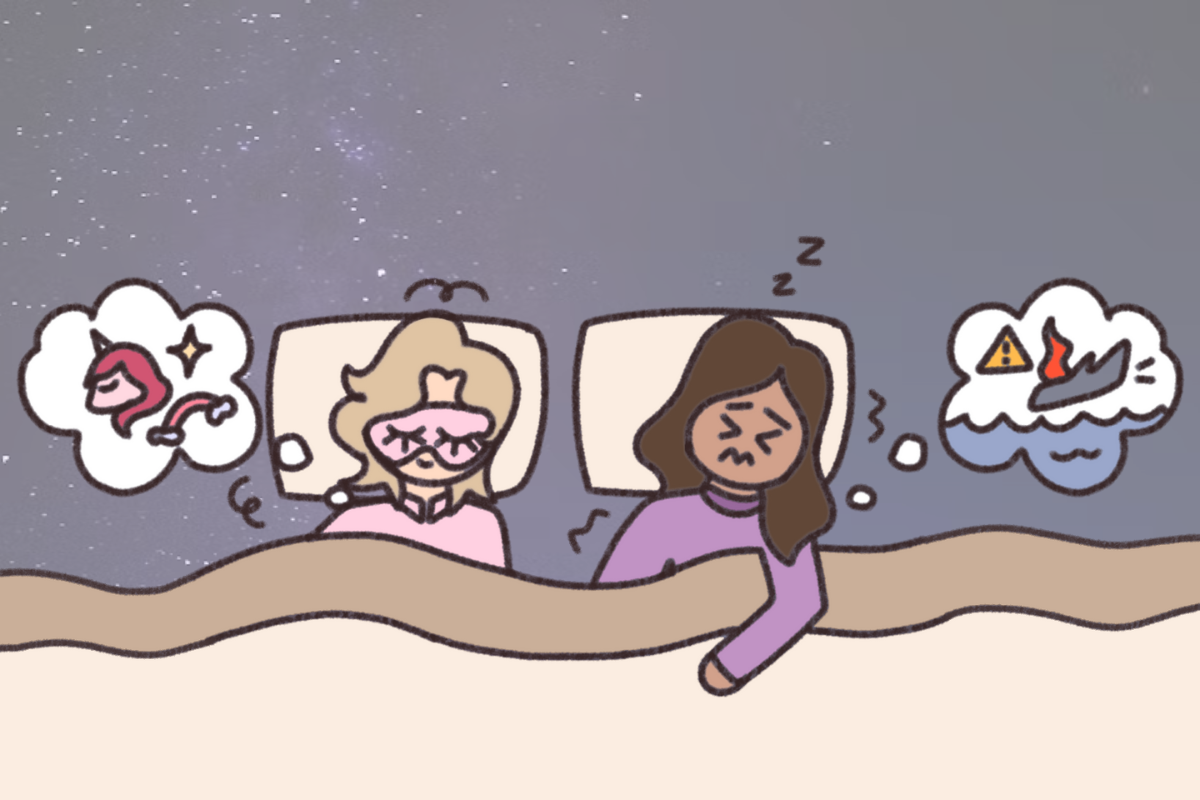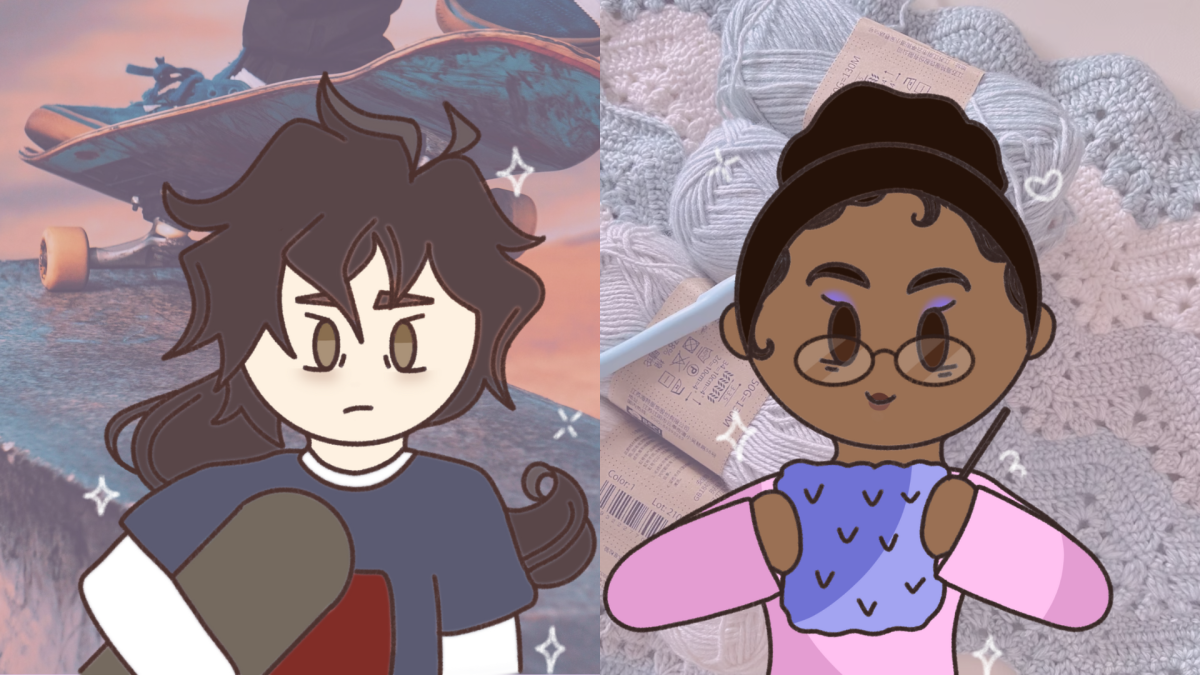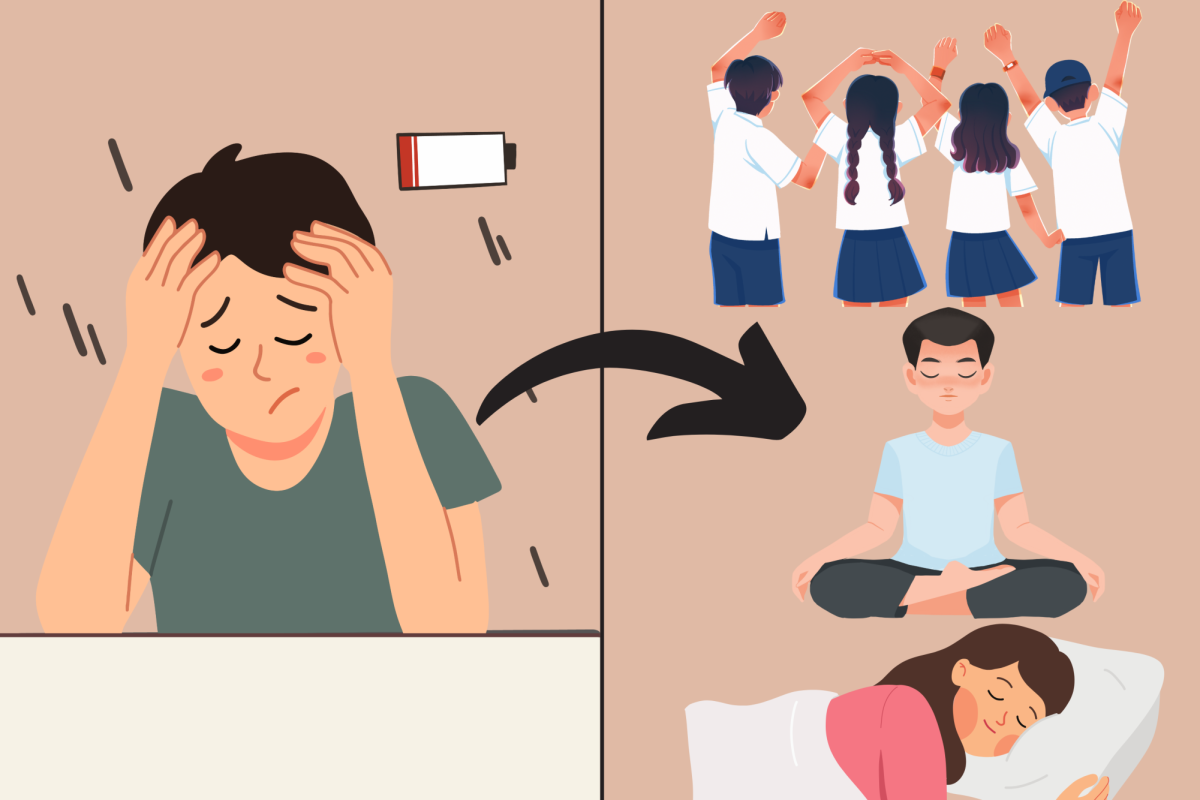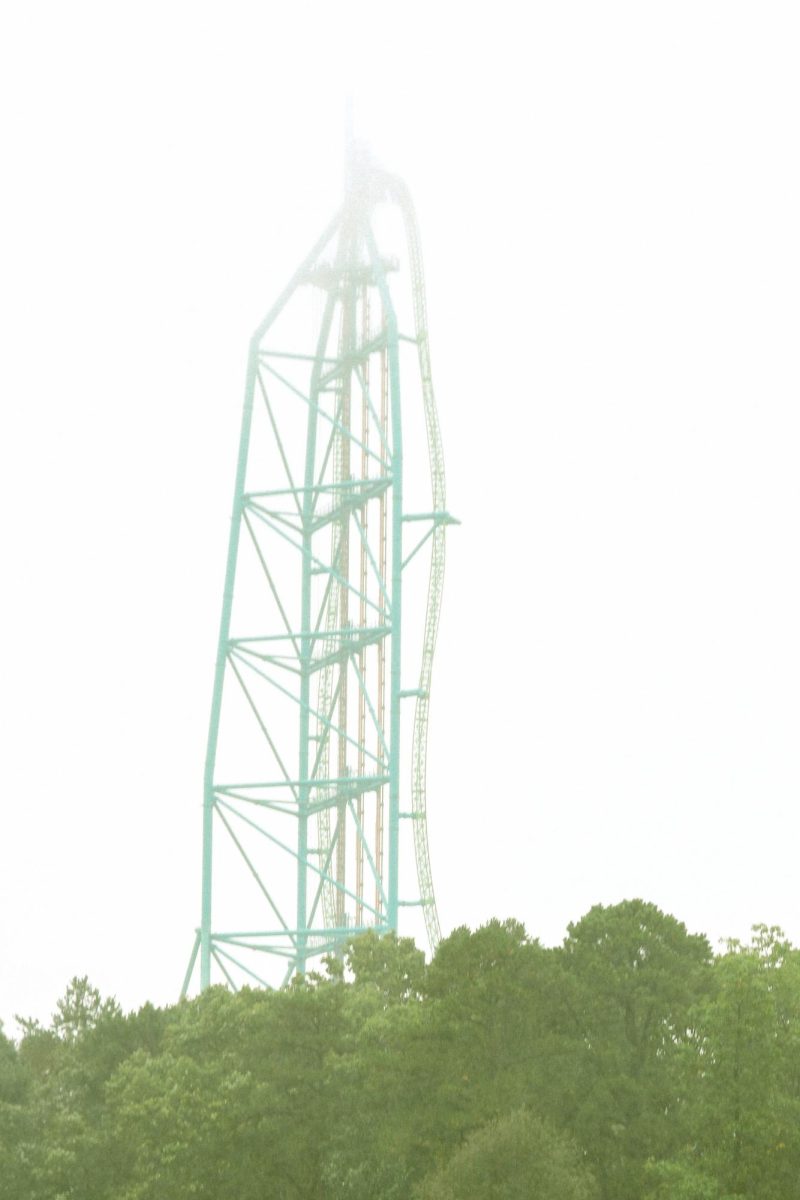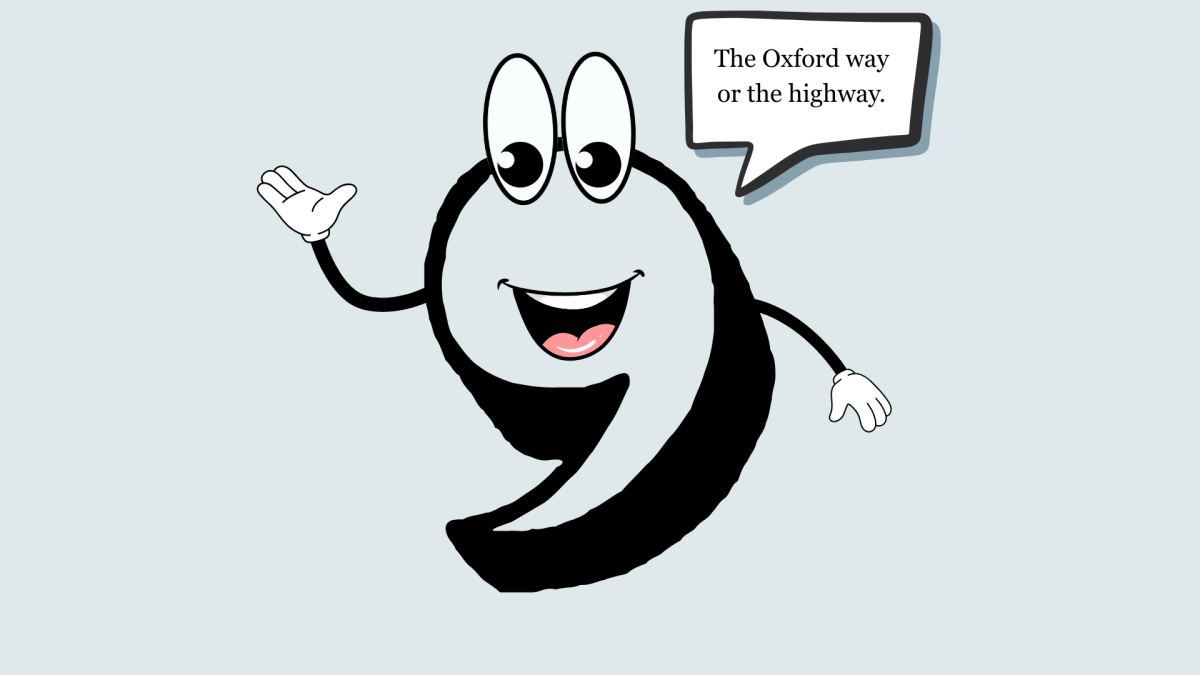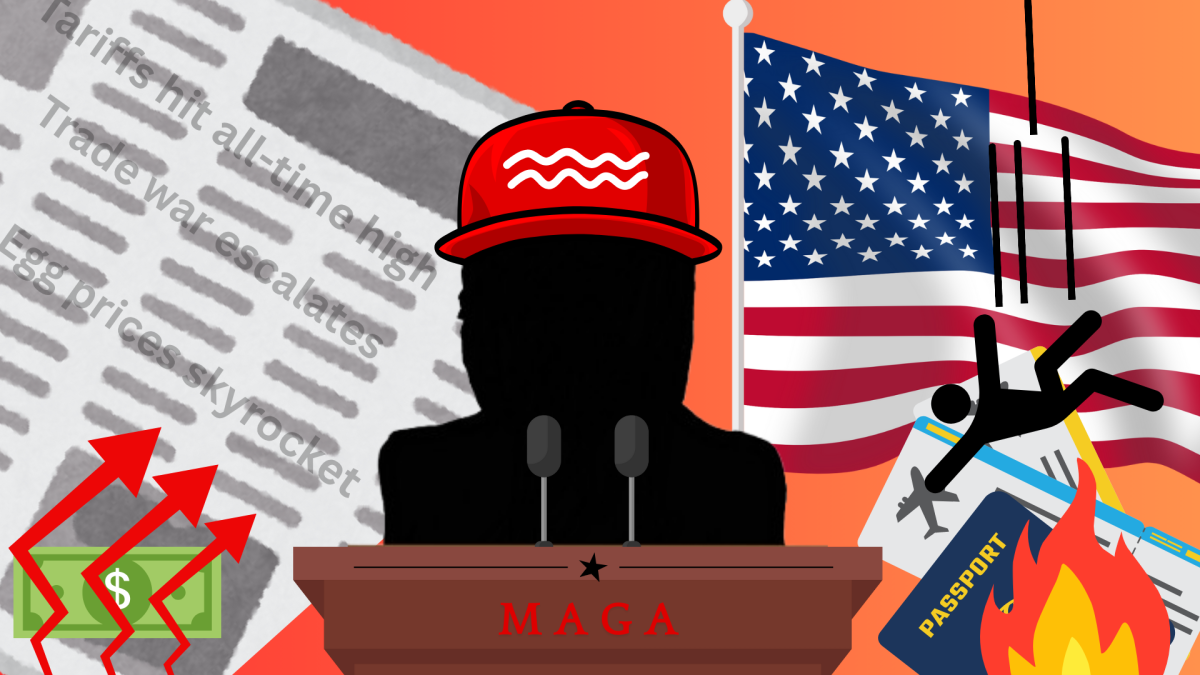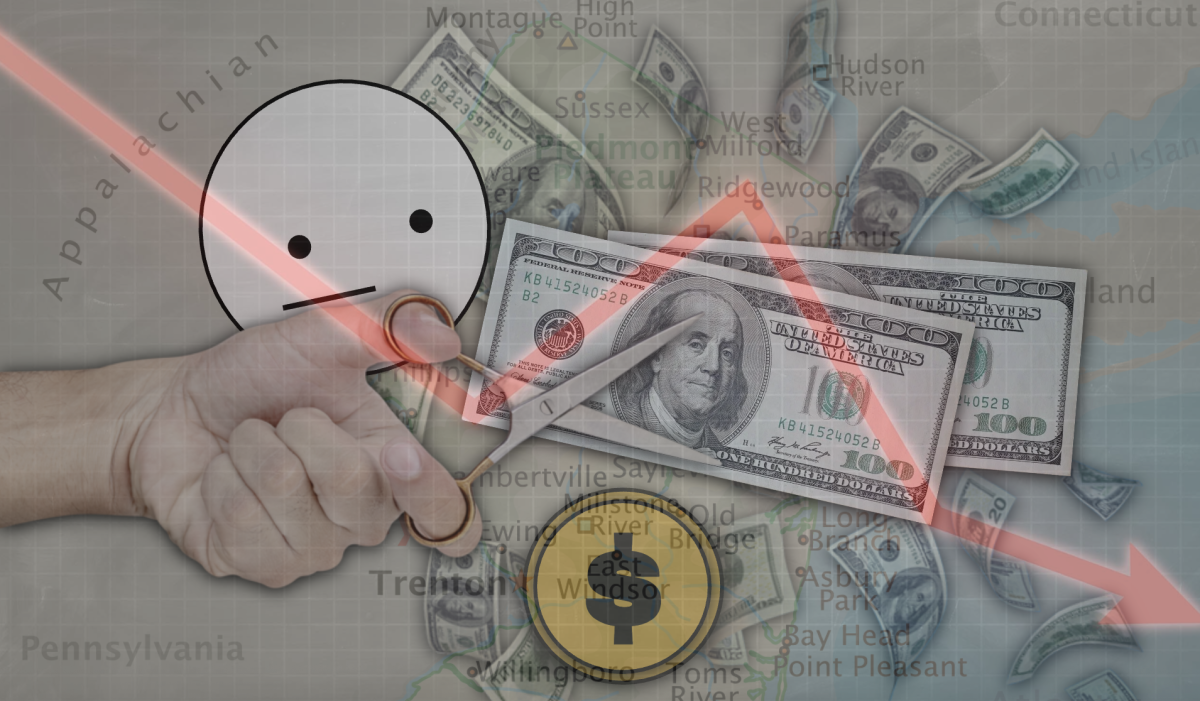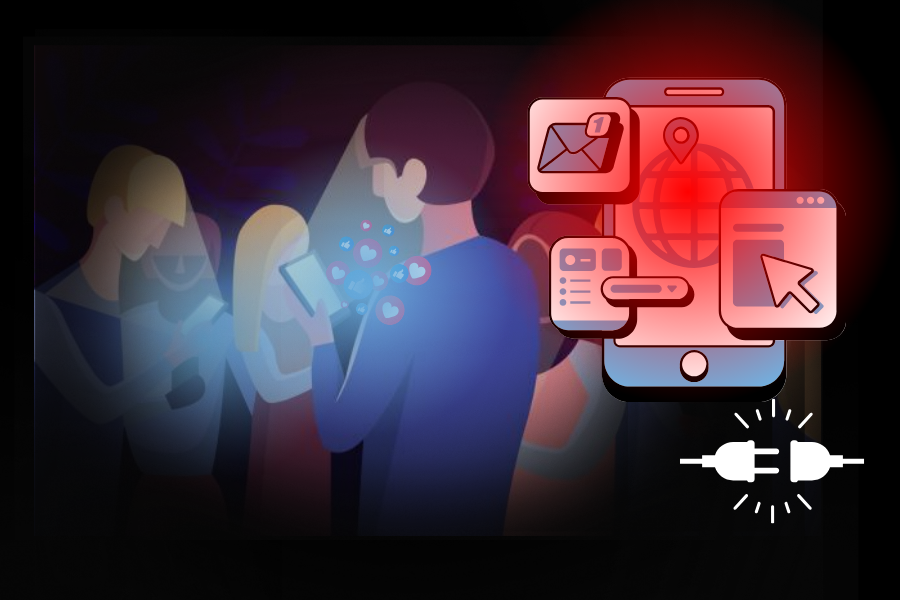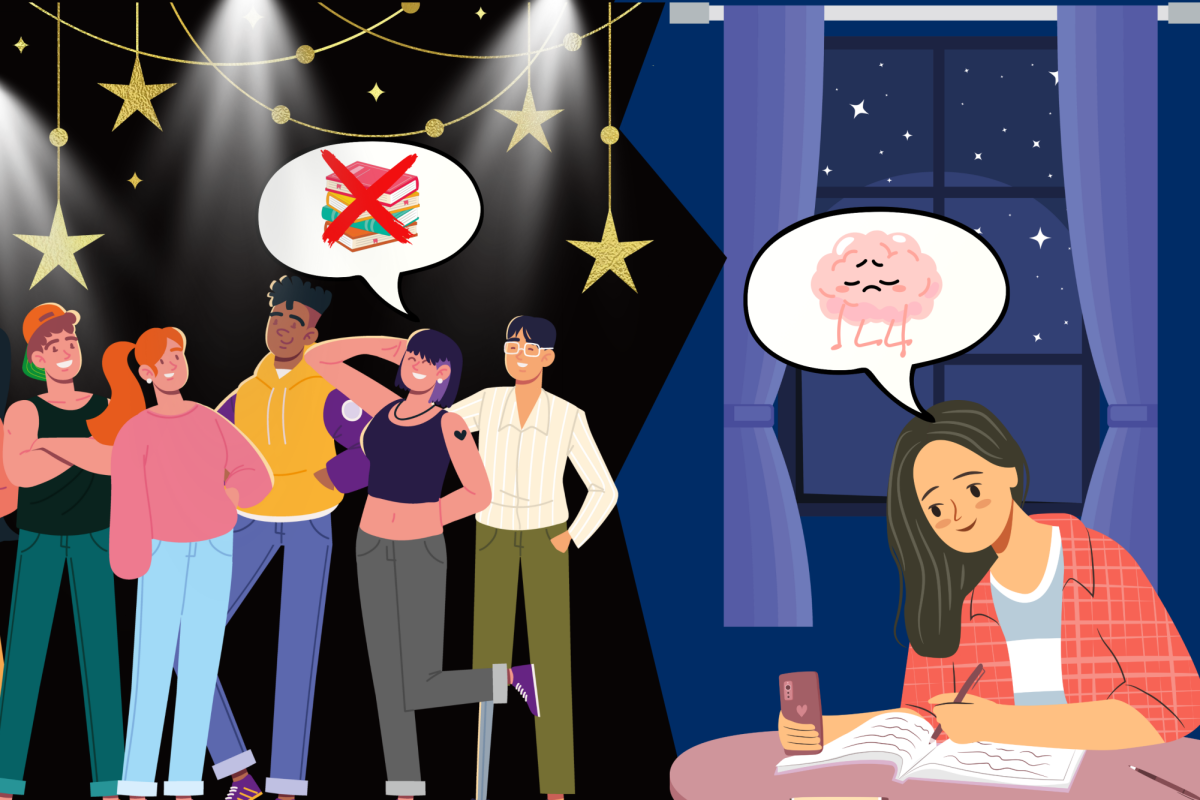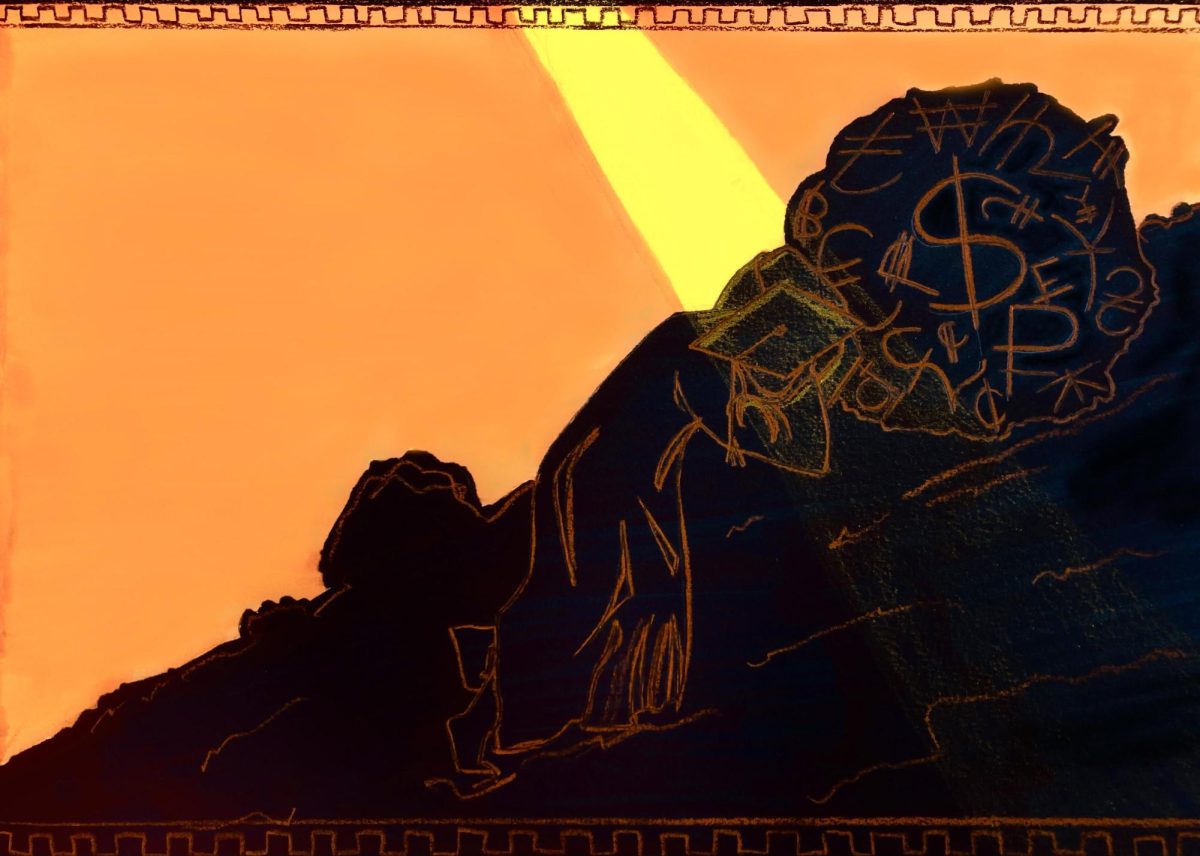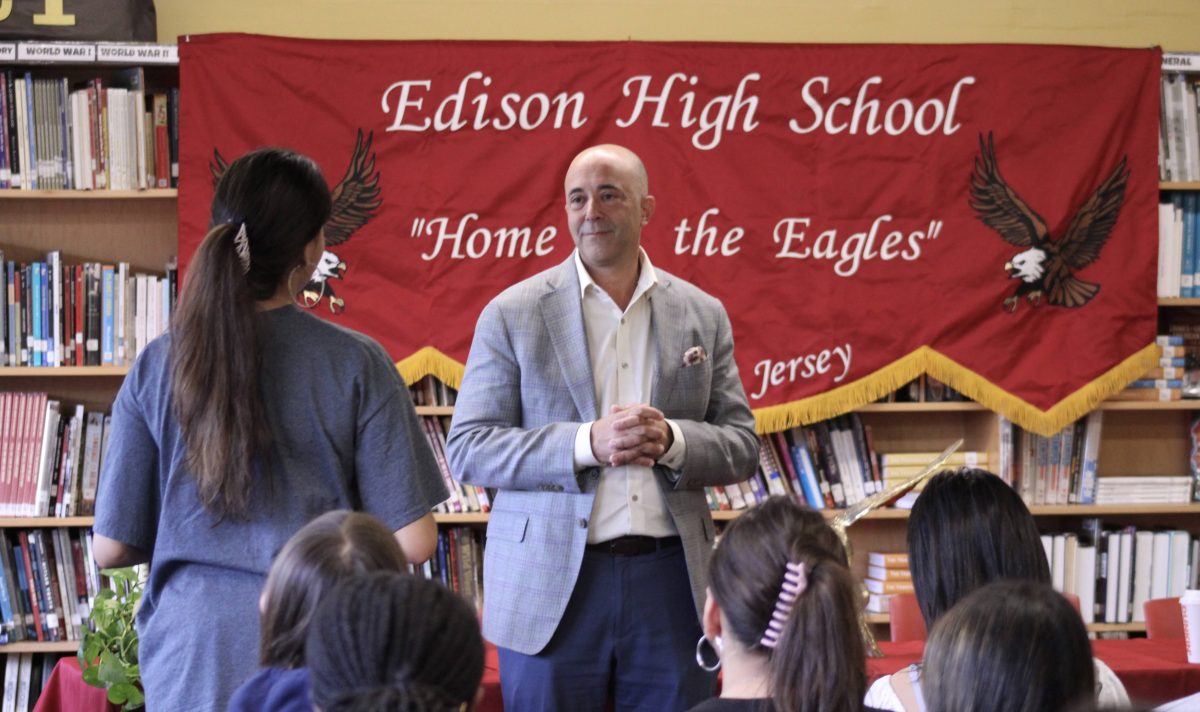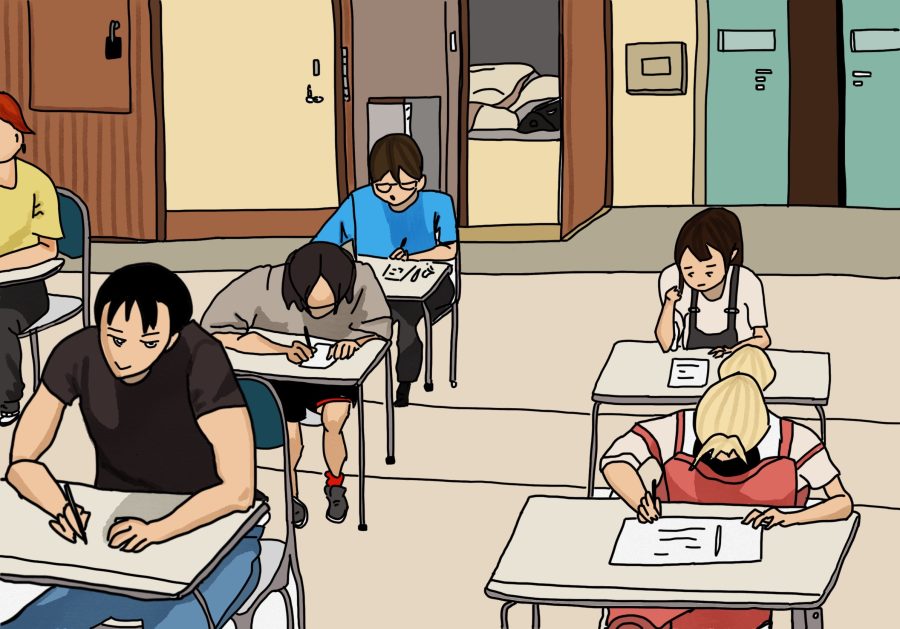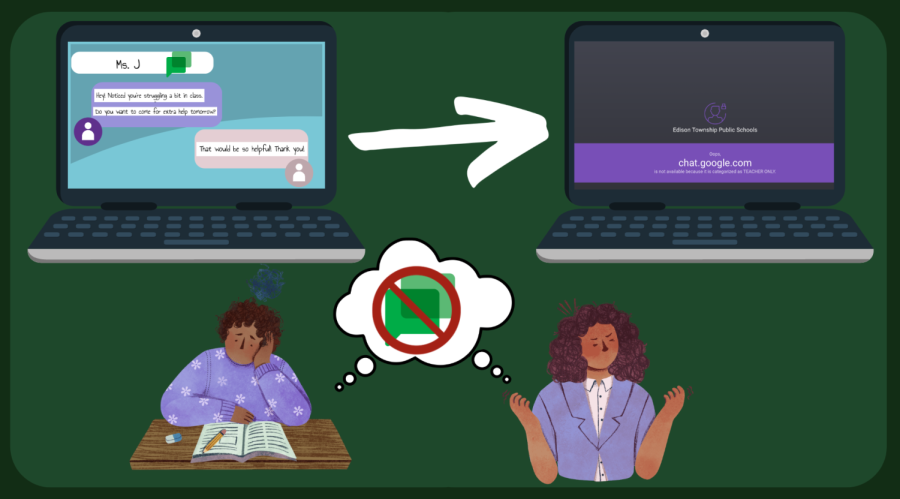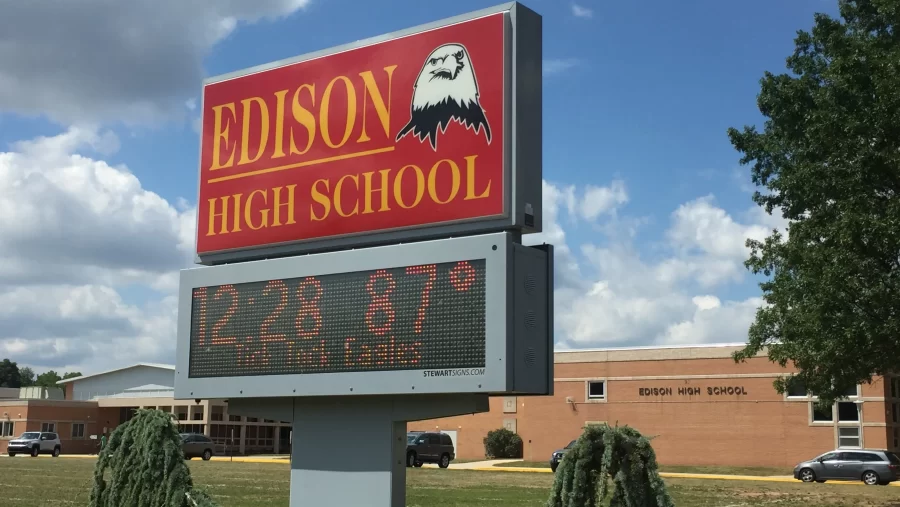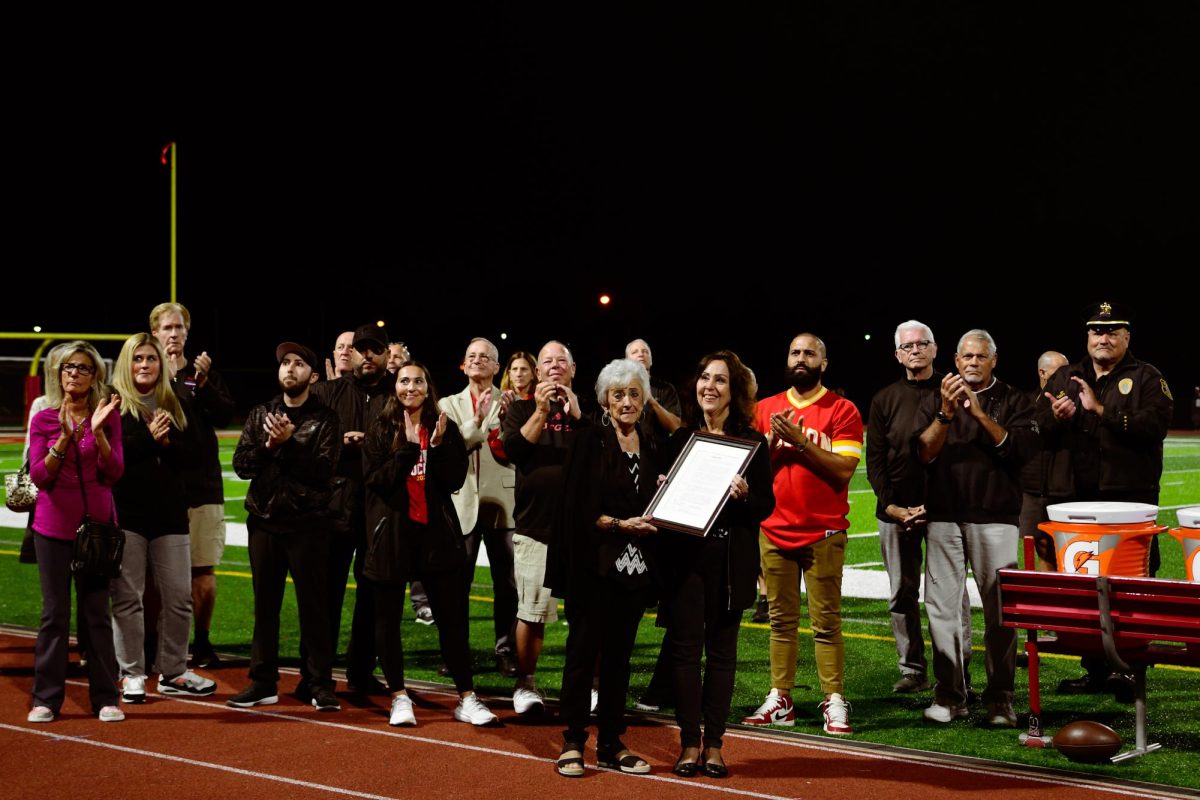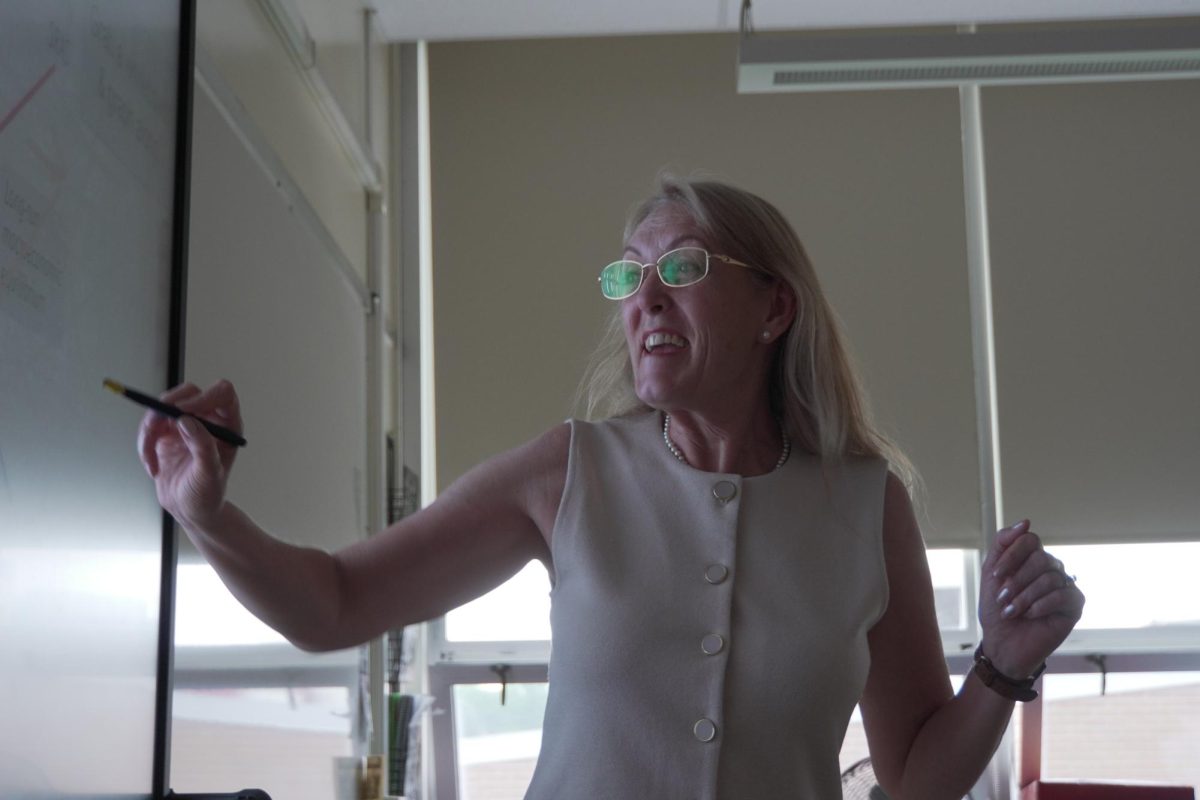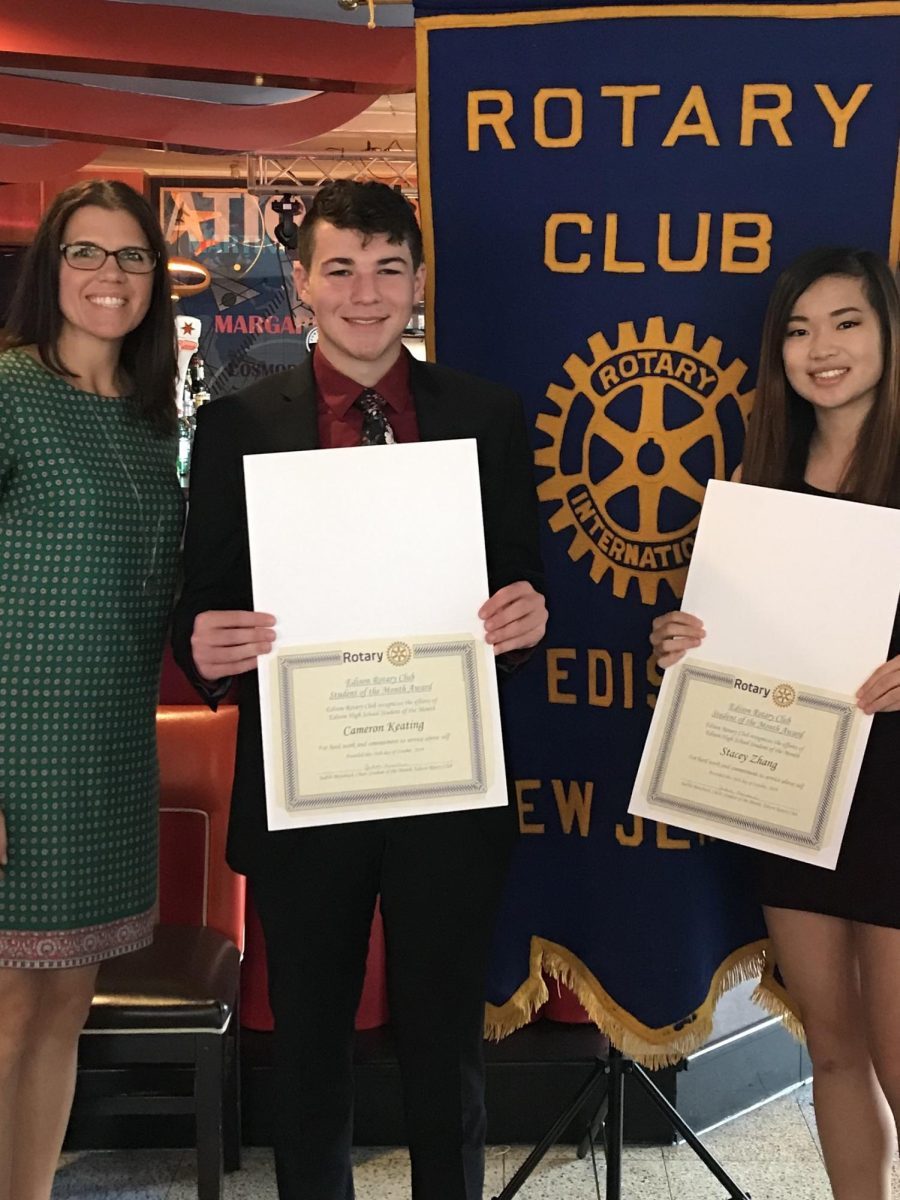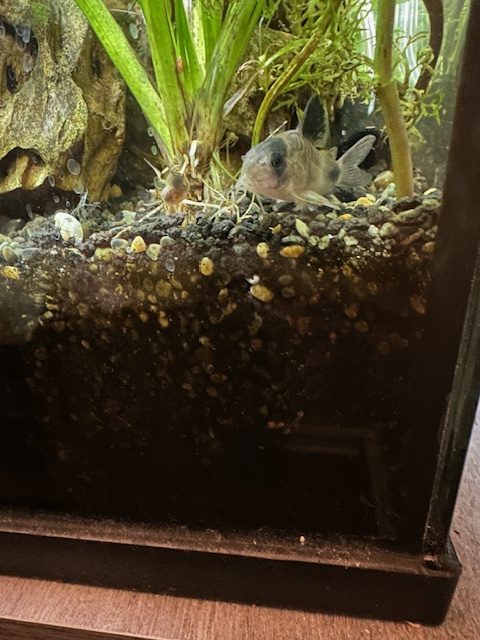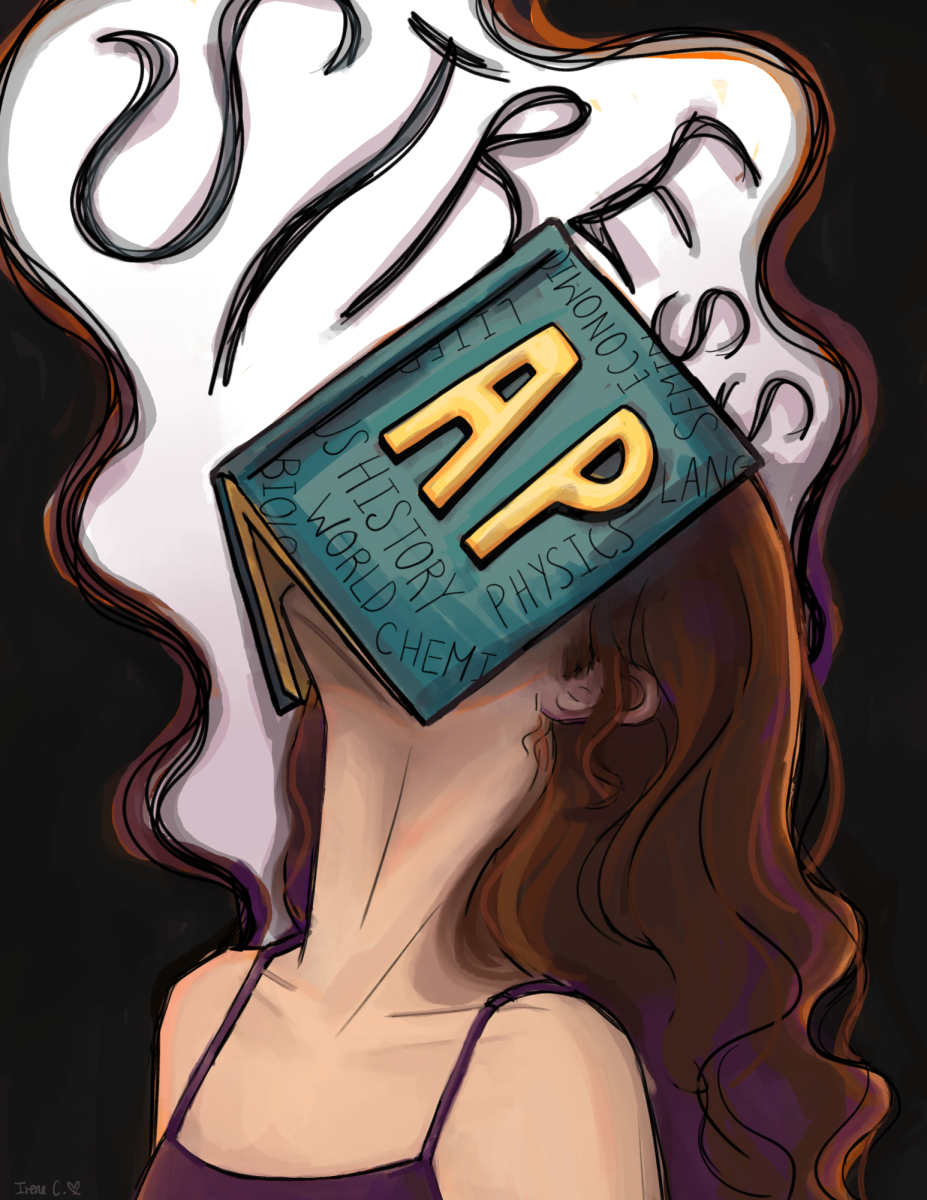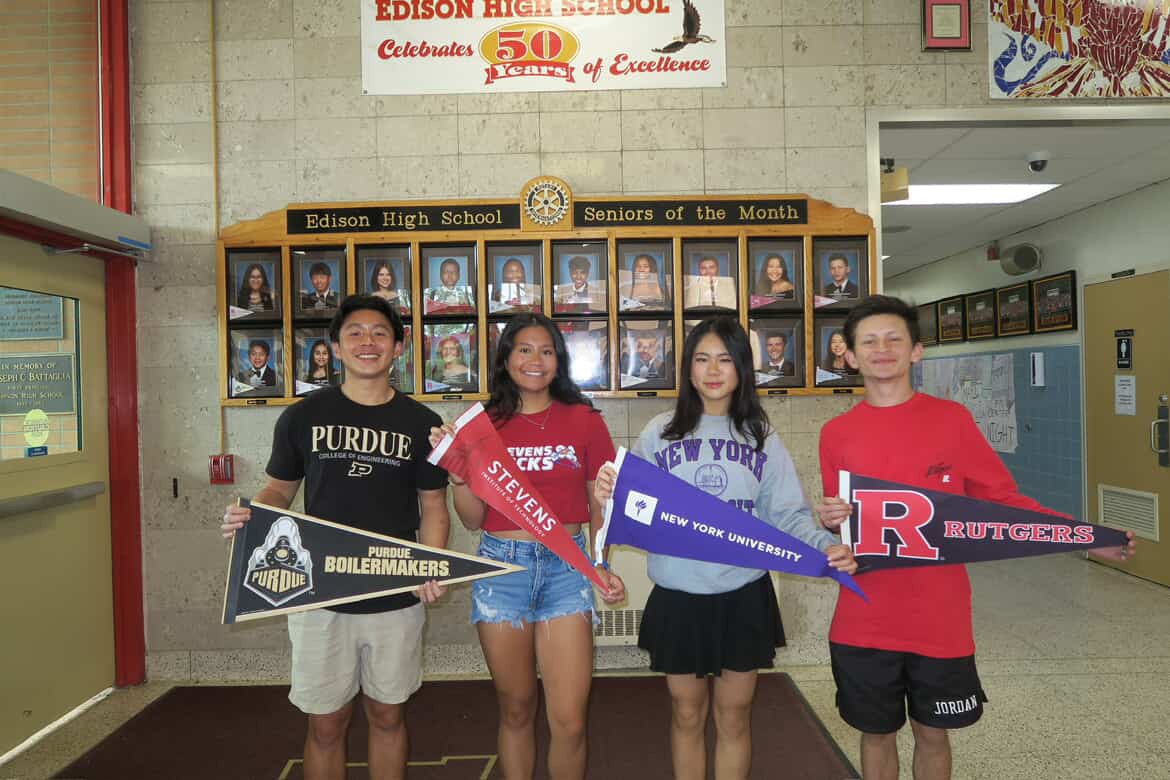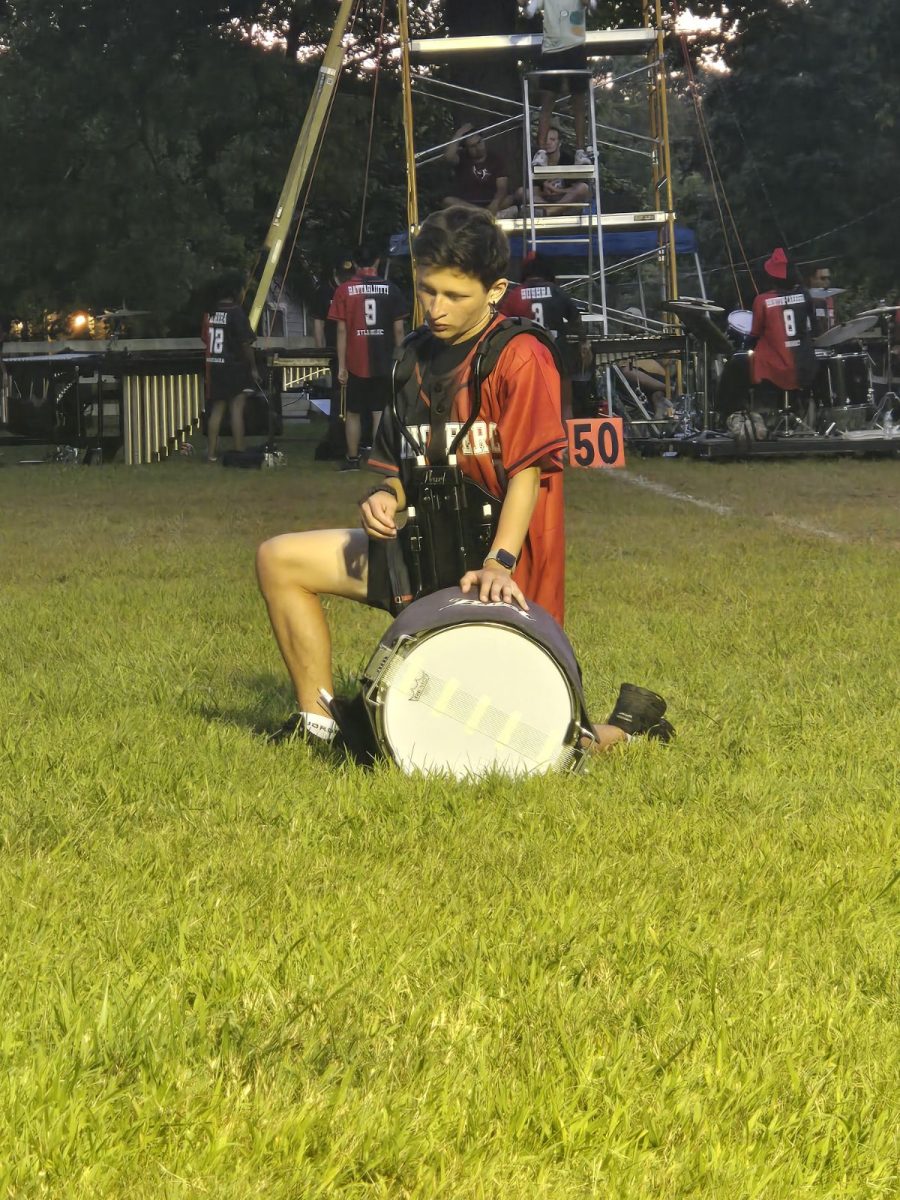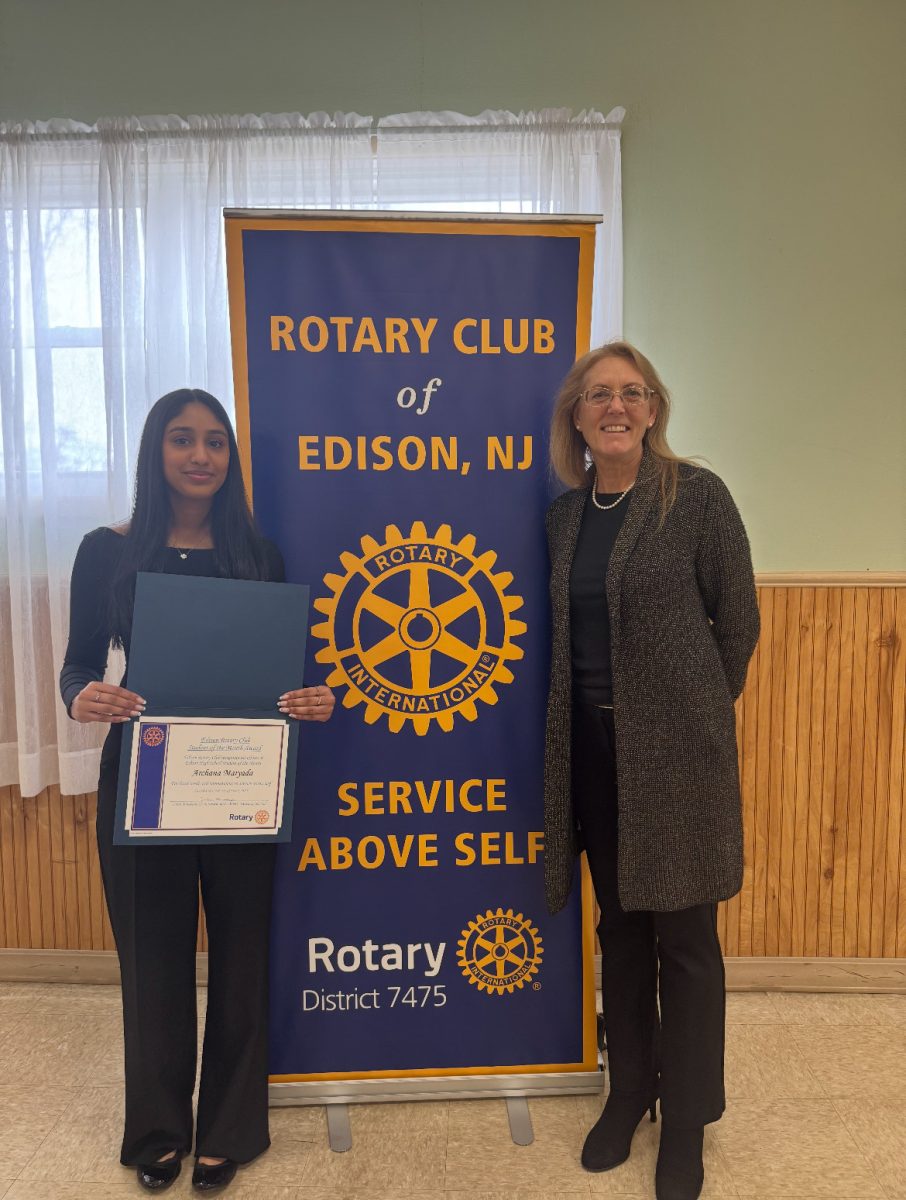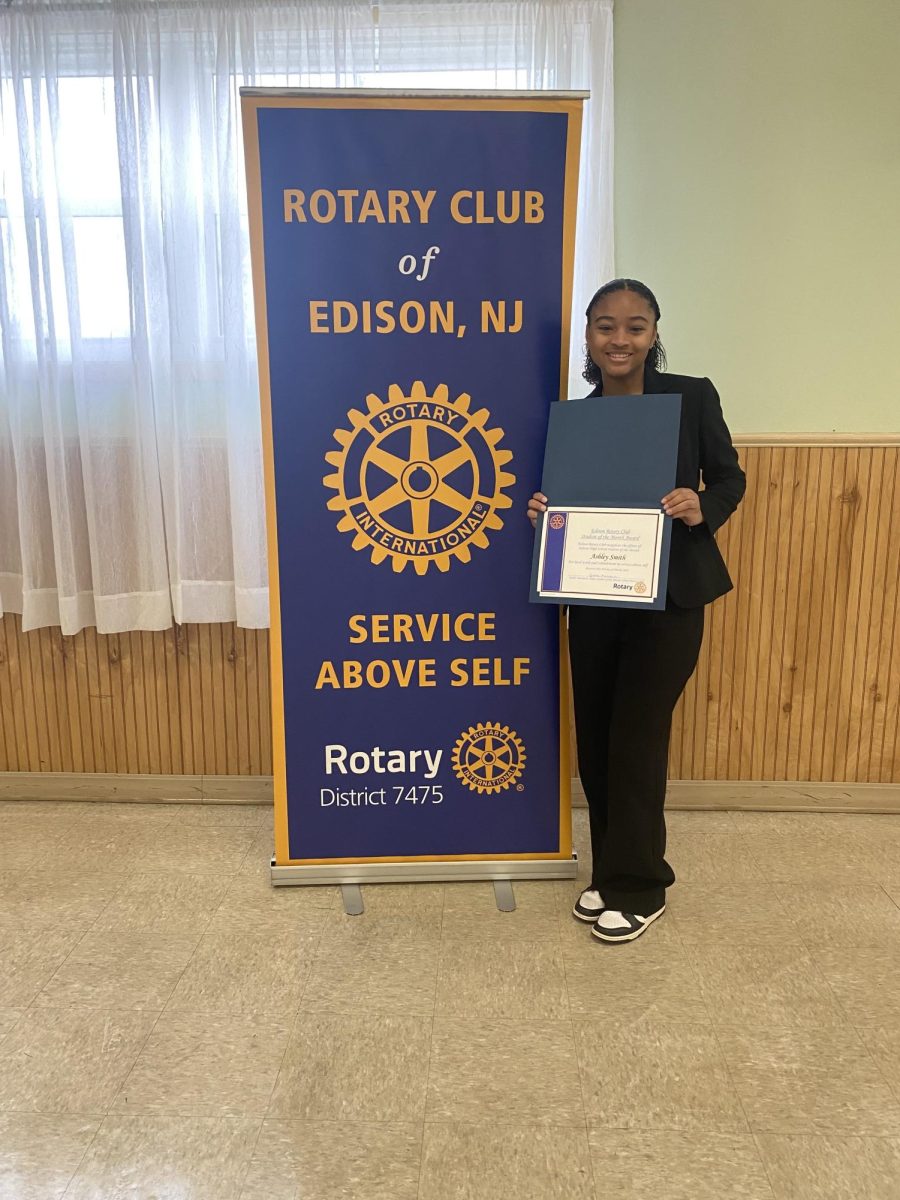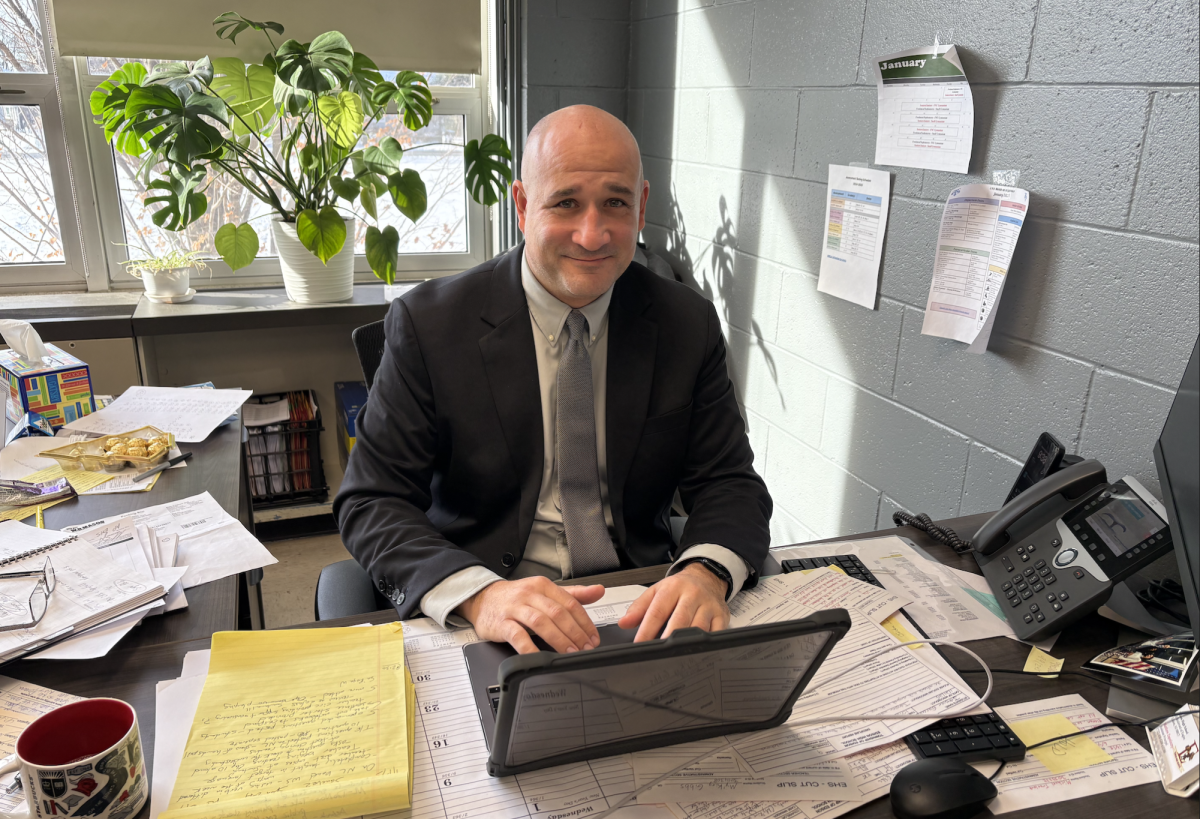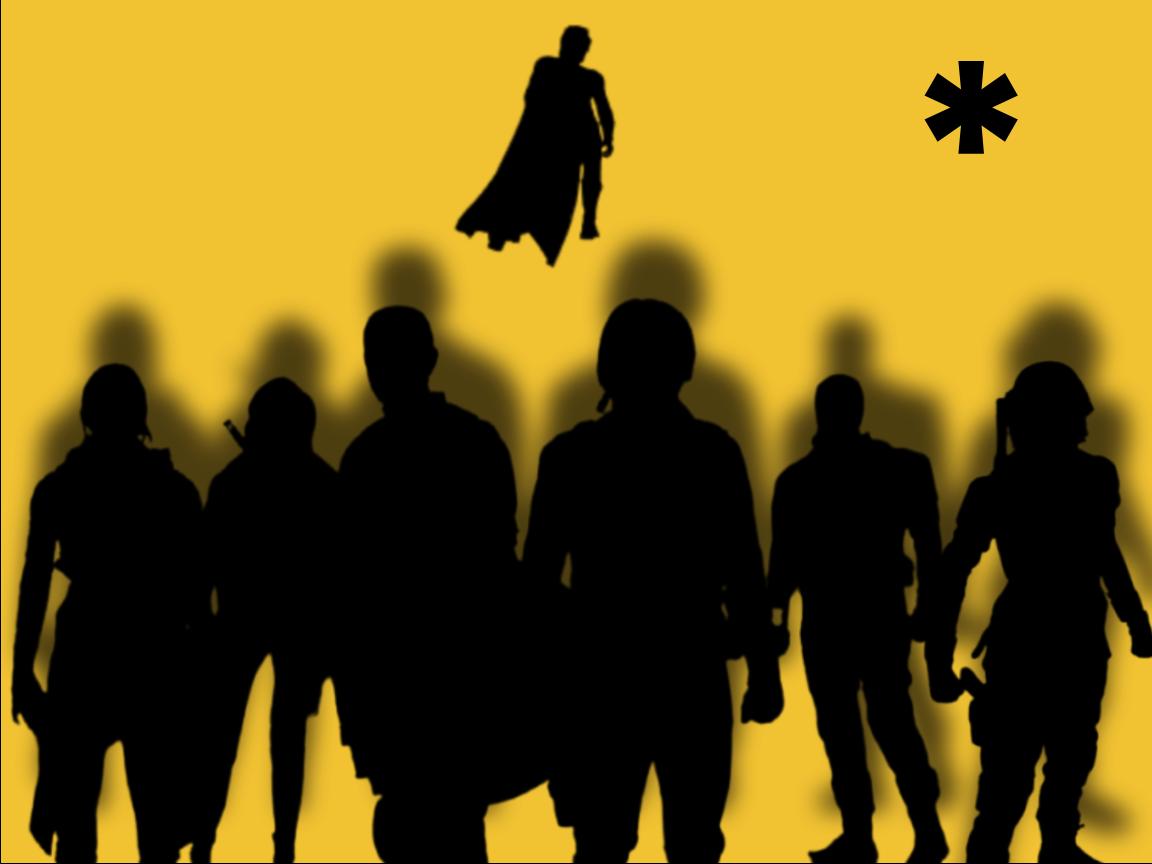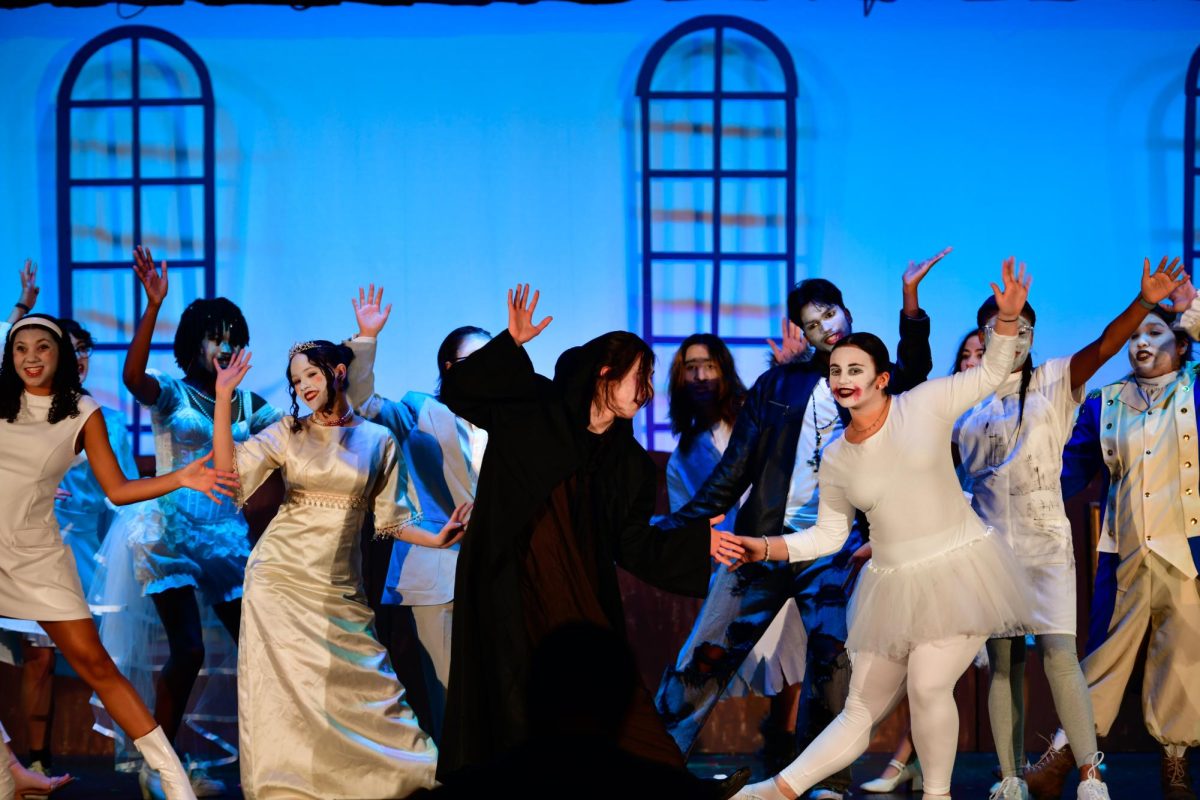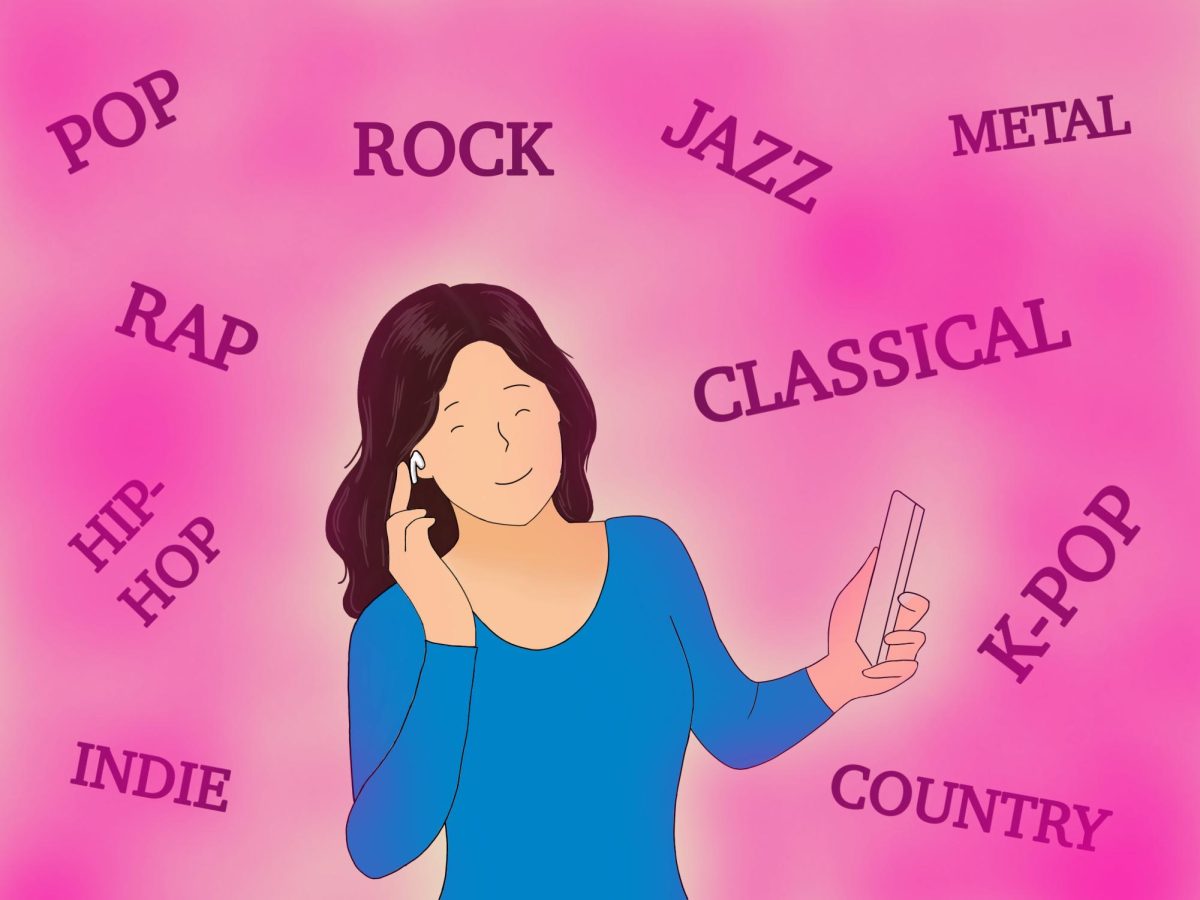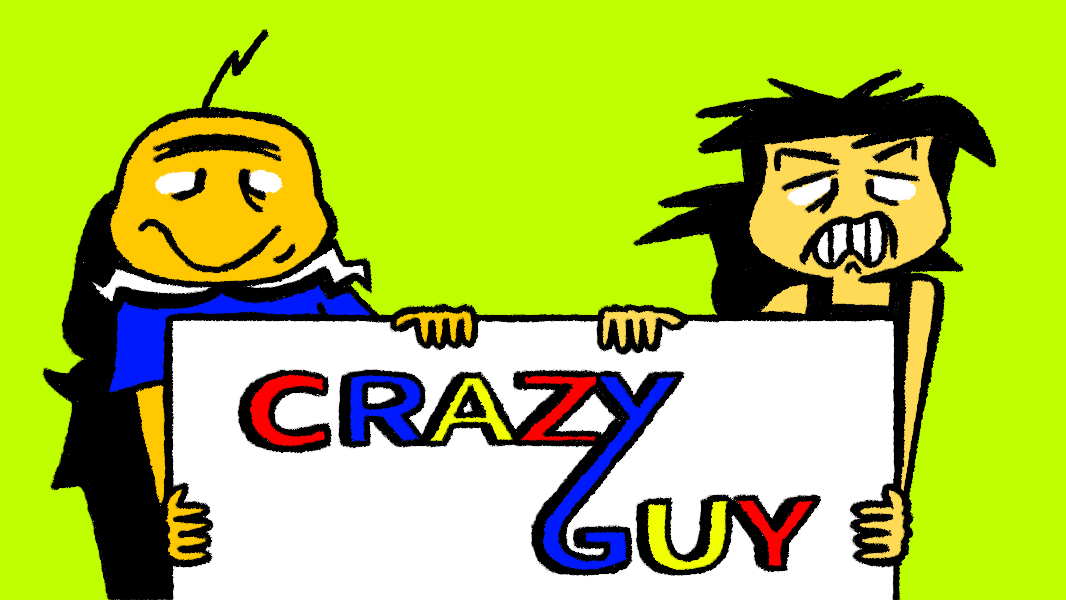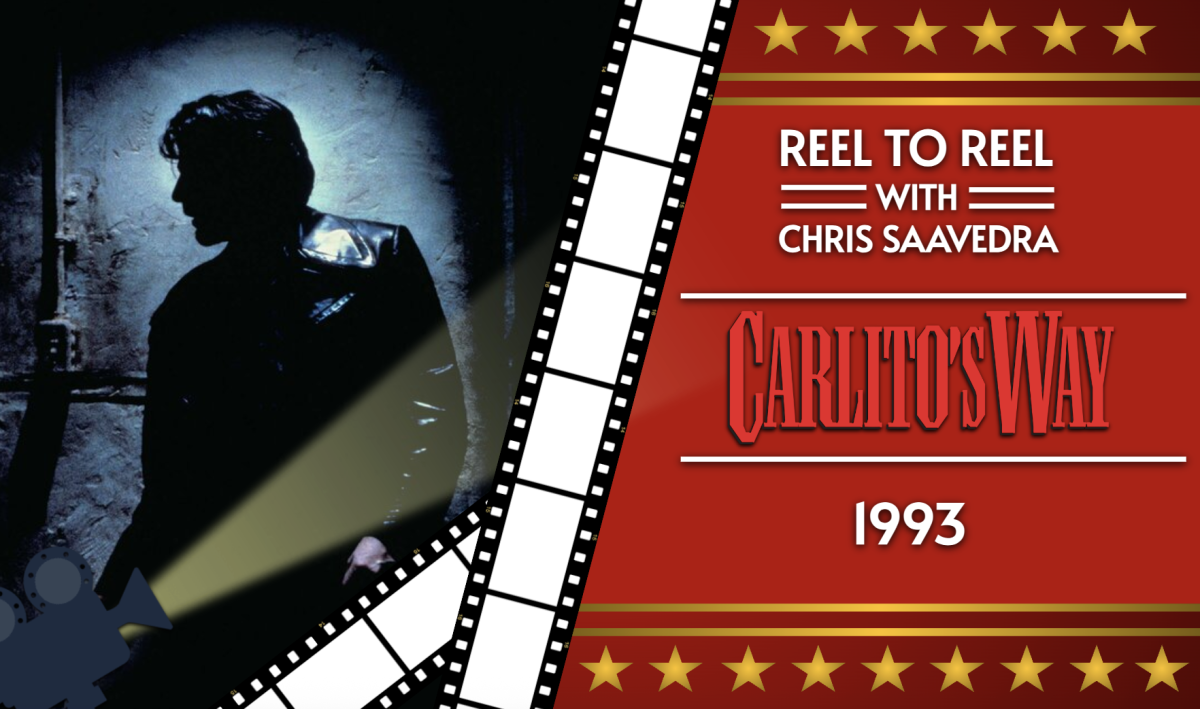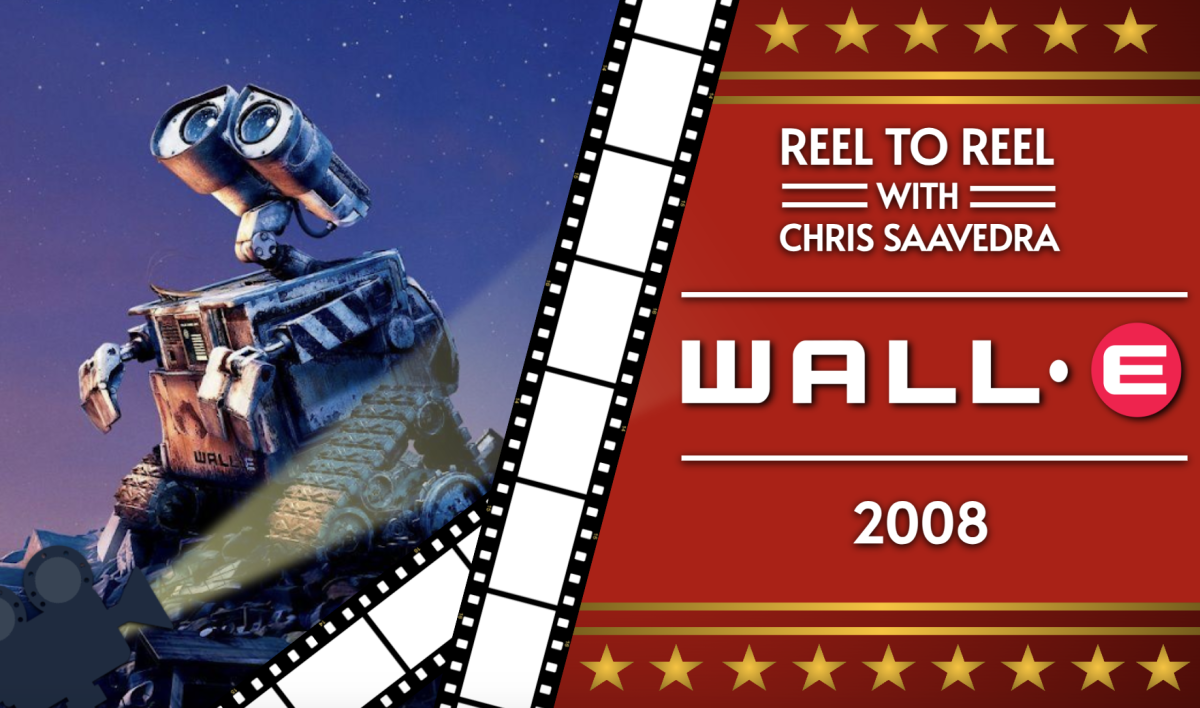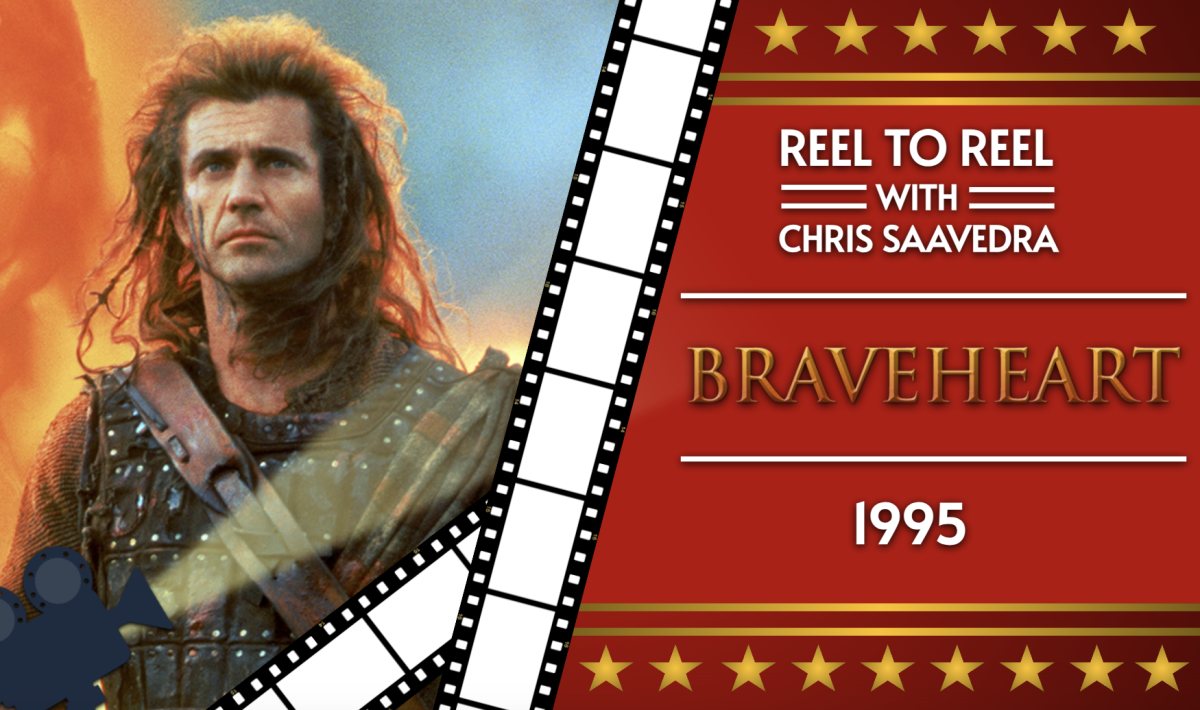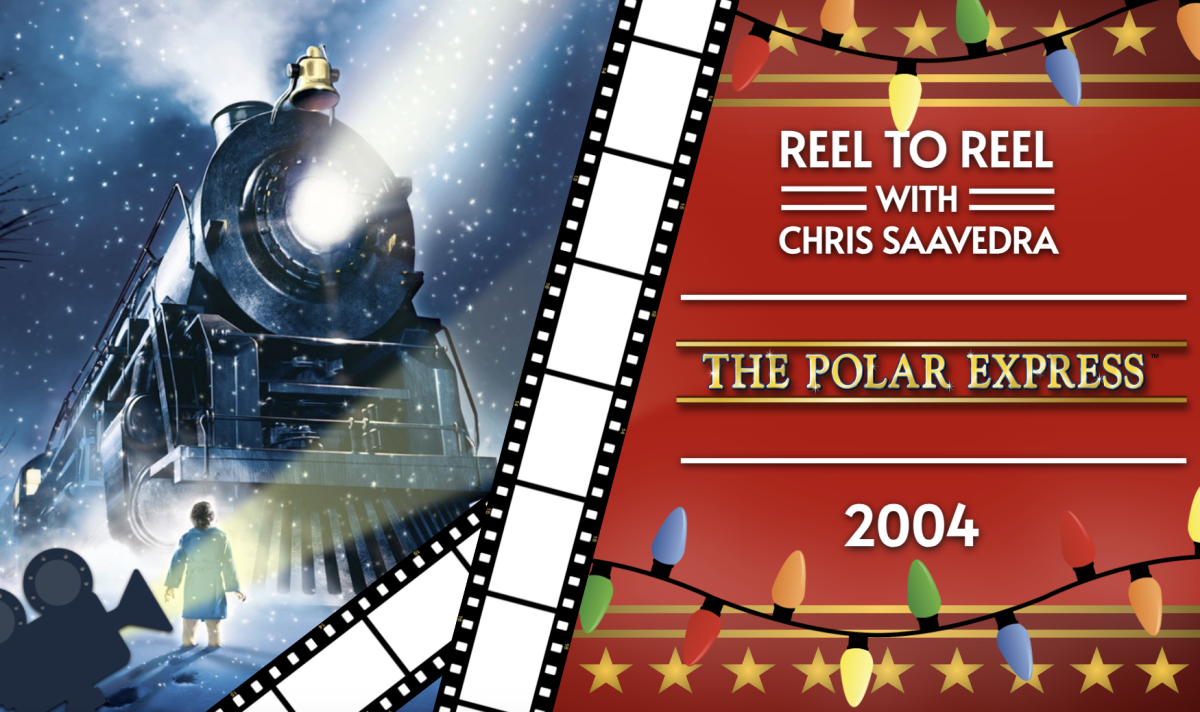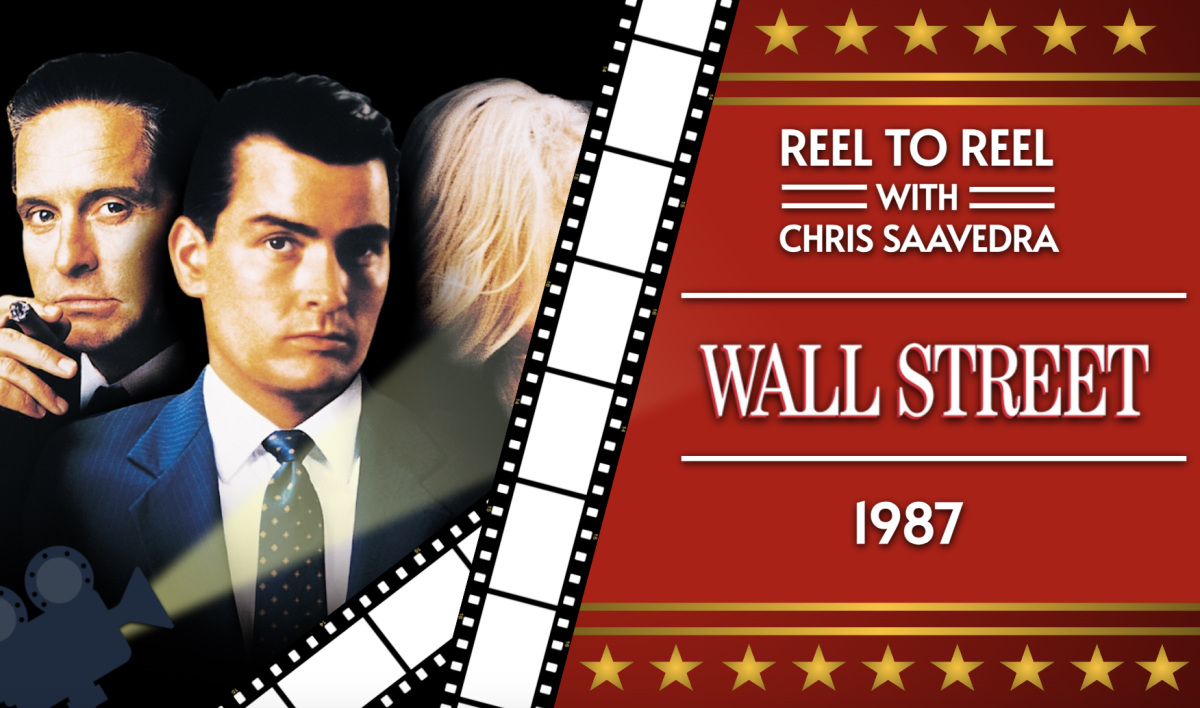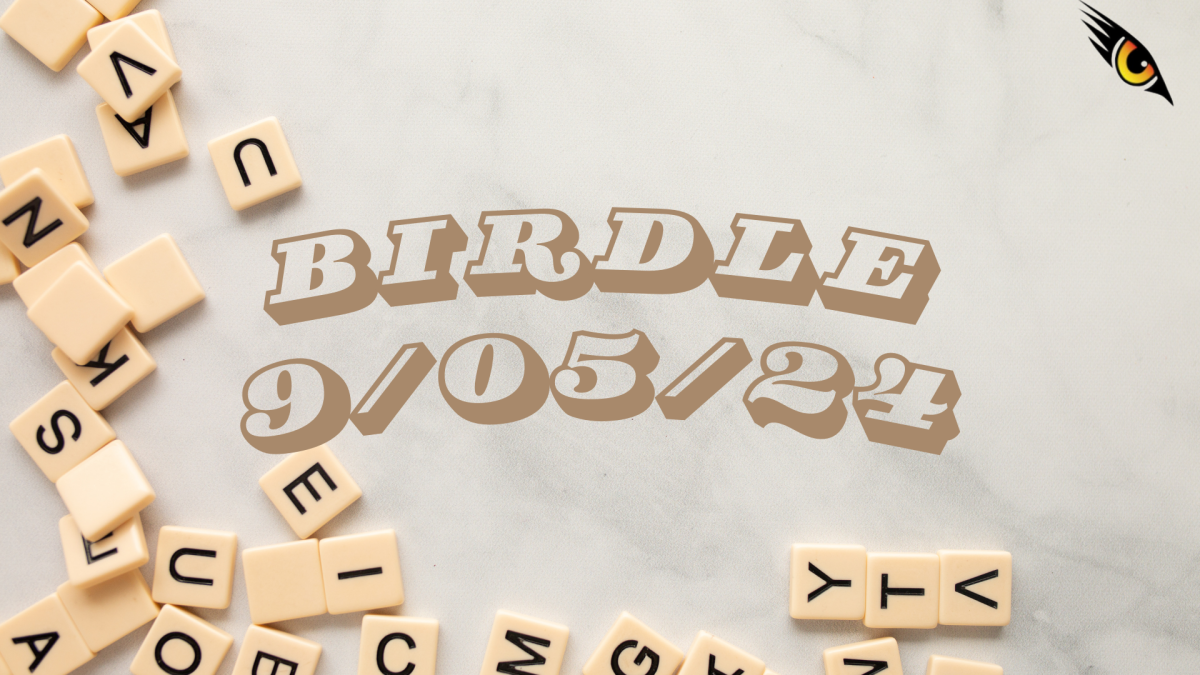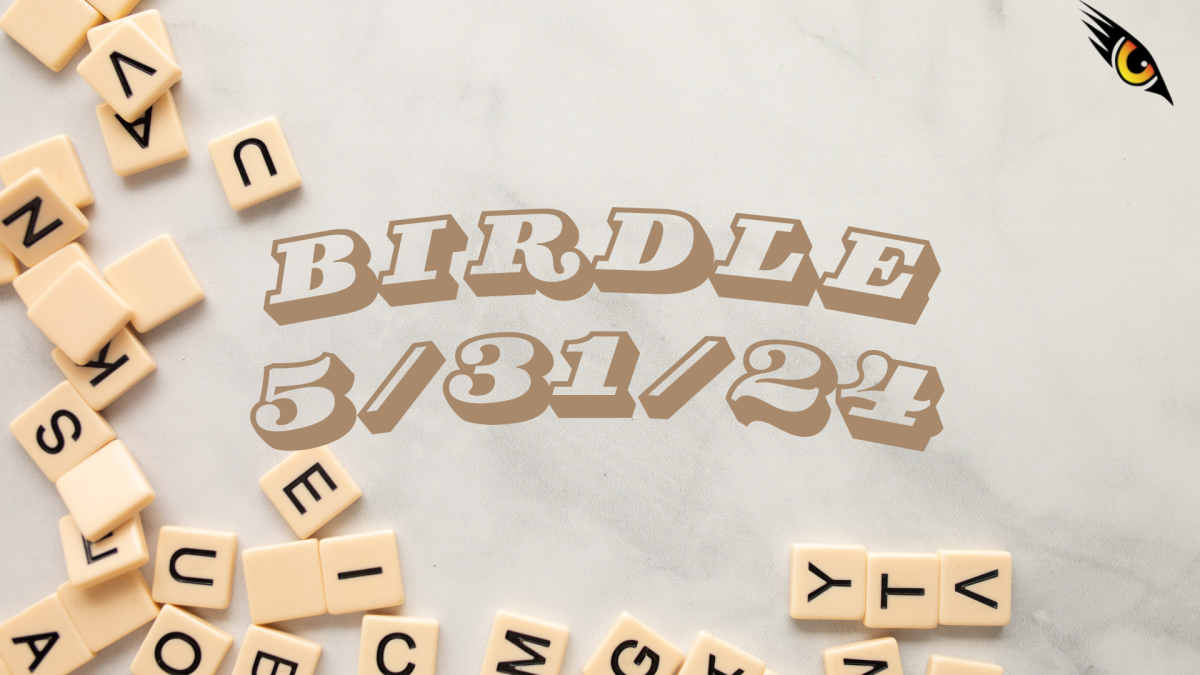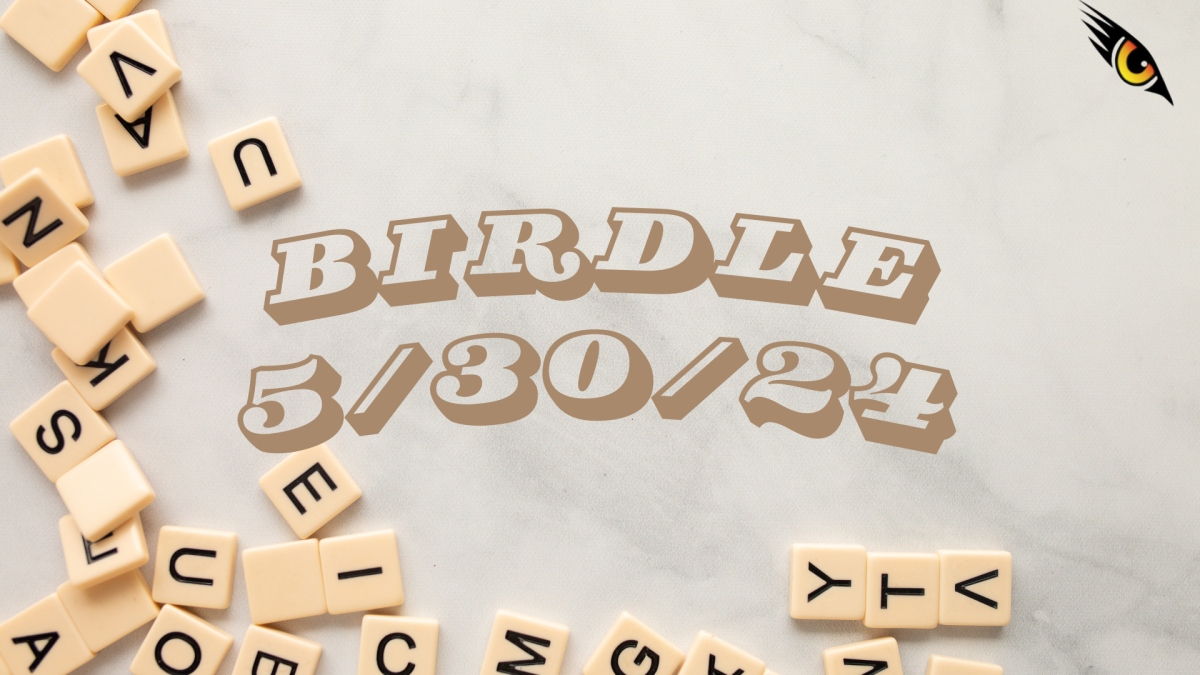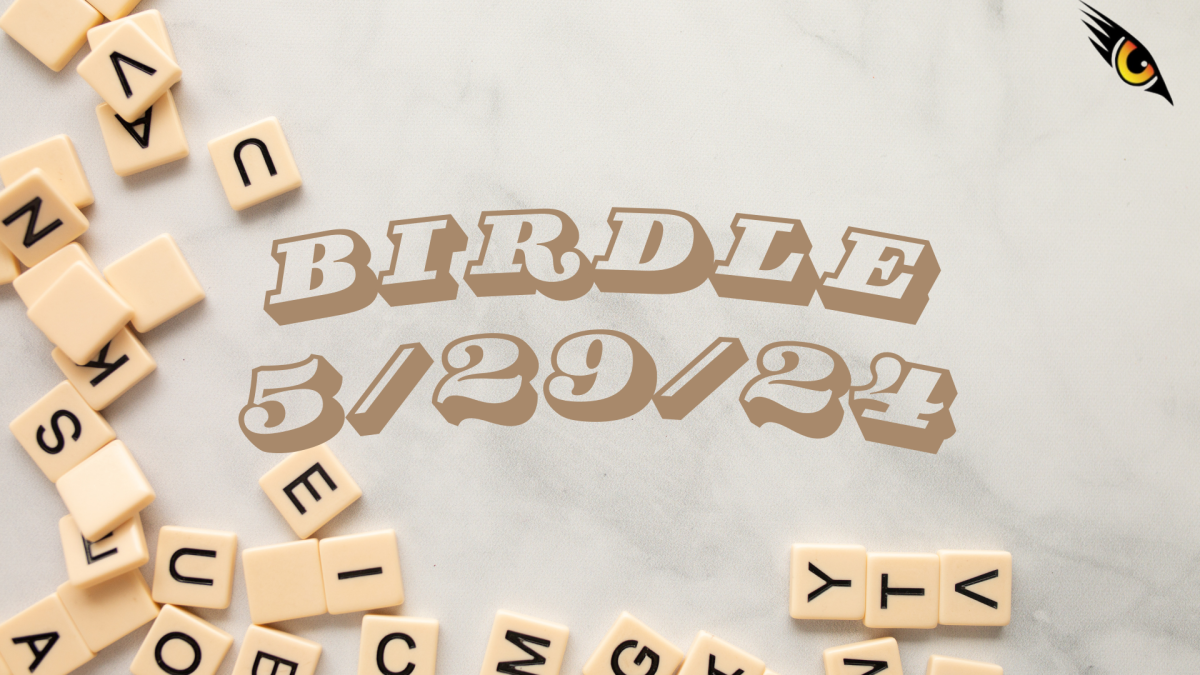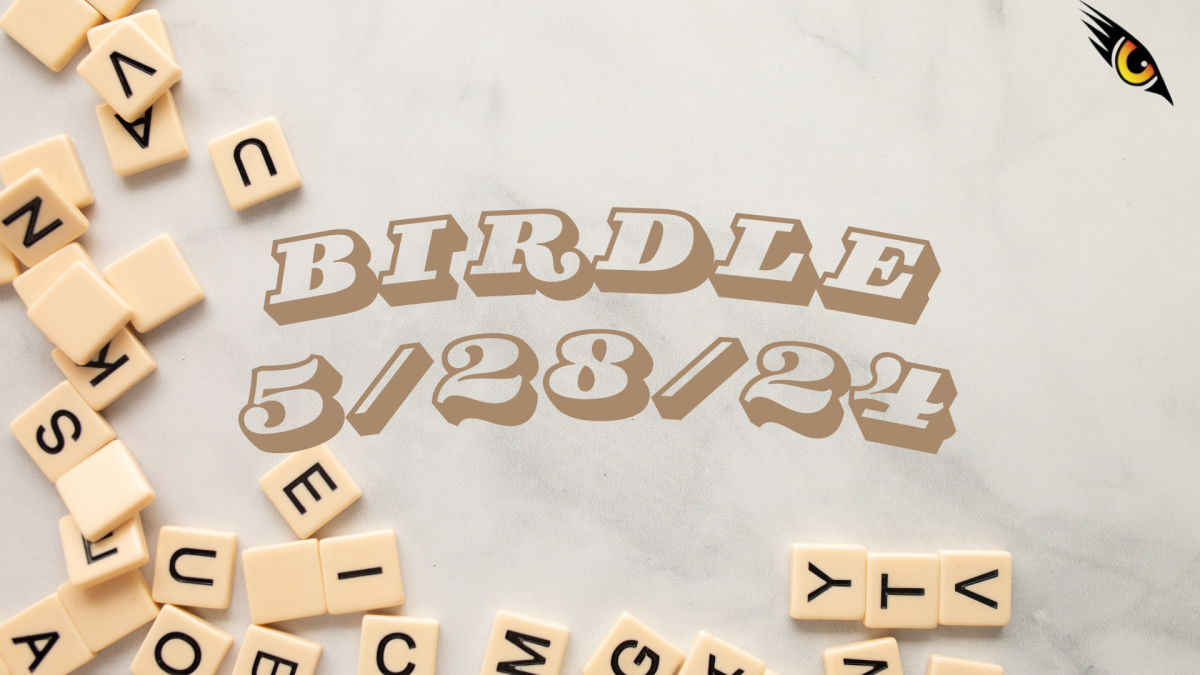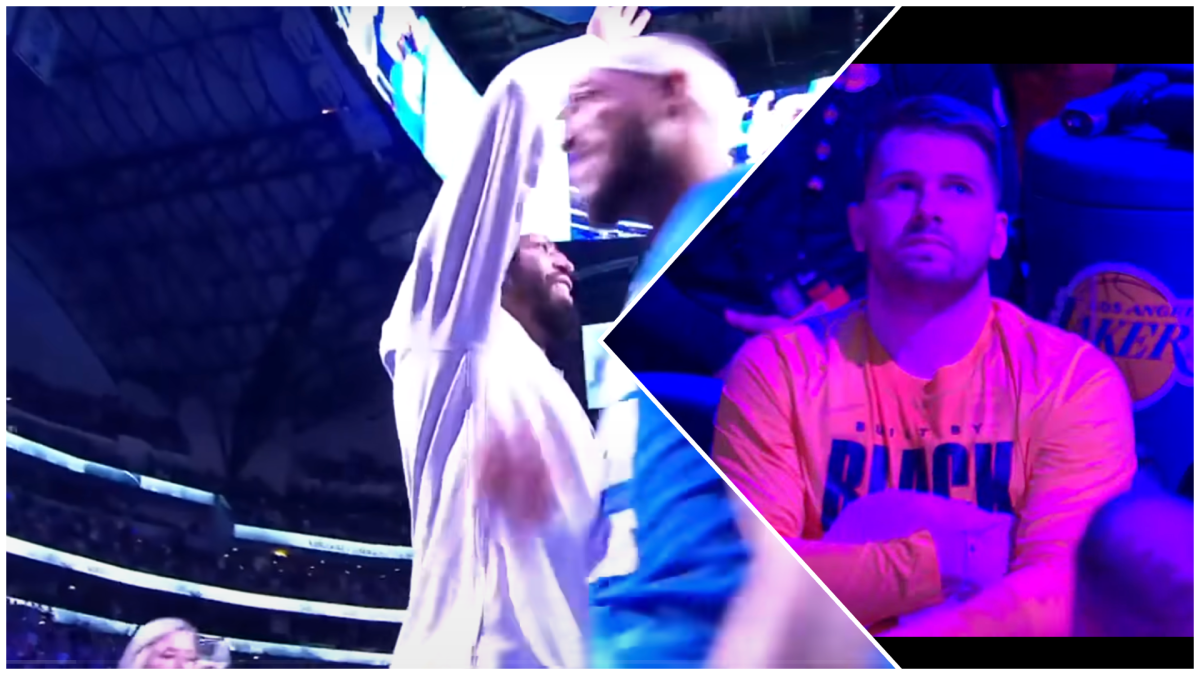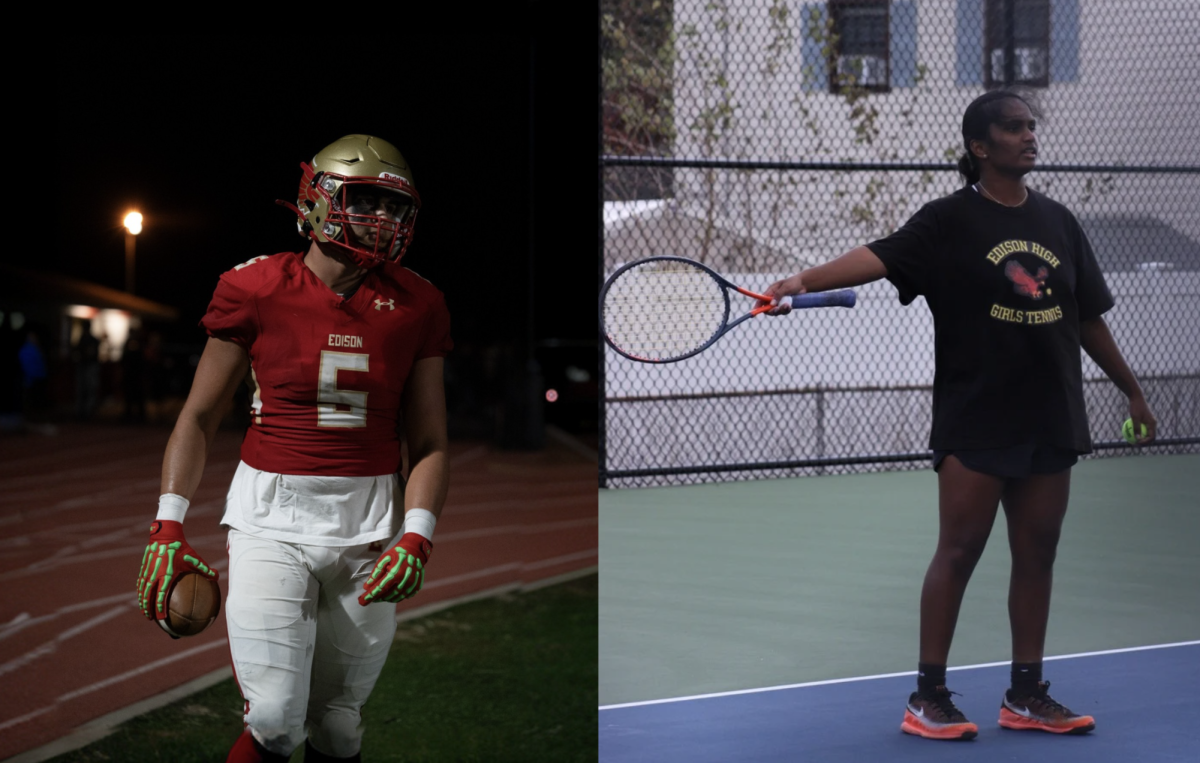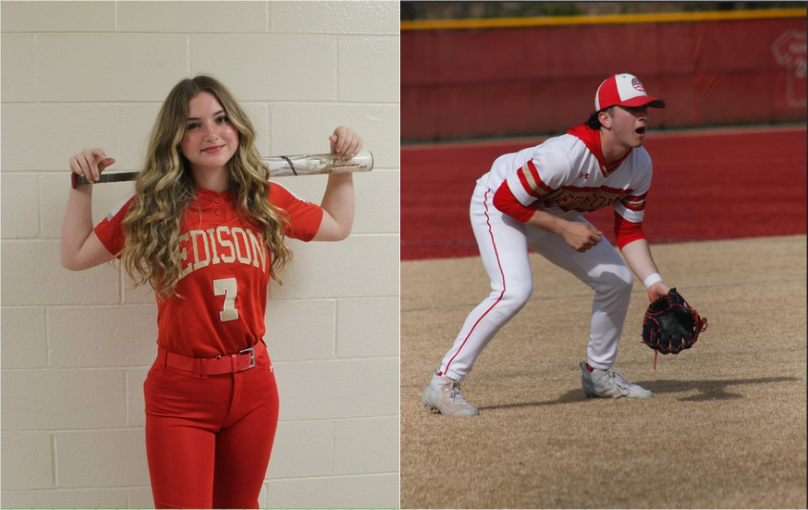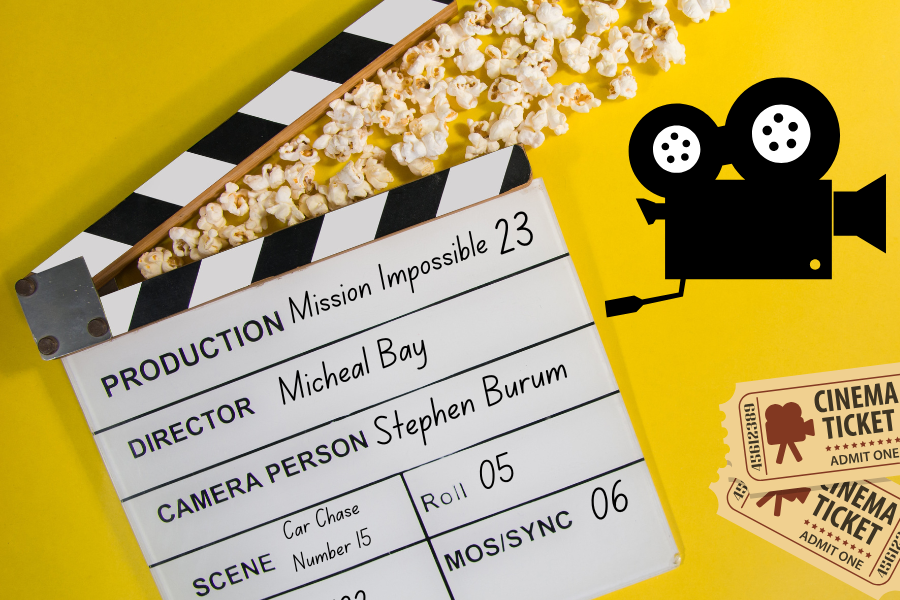Gladiator 2, Moana 2, Inside Out 2, Toy Story 5, Shrek 5, Mission Impossible 8, Zootopia 2, even Sonic The Hedgehog 3. These are just a few of the movie sequels that have recently been released or are in the works. And I can name a thousand more: Jurassic World Rebirth, Alien Romulus, Despicable Me 4, Joker Folie à Deux. Want me to continue?
The question is, why do all these studios keep on pumping out the same generic sequels over and over again instead of creating new, interesting movies with exciting characters and new worlds?
Well, to answer that, I have to clarify something first. These sequels aren’t all bad movies; for example, Inside Out 2 and Gladiator 2 were solid. But would I rather watch a boring, formulaic movie like Moana 2 over something new and original, like Bong Joon Ho’s Mickey 17 or David Leitch’s The Fall Guy? Nope! Sure, I like my Roman Colosseum action (Gladiator 2), but a movie starring Robert Pattinson and Mark Ruffalo about a man who is re-printed every time he dies, suddenly coming face-to-face with a bunch of identical copies that were accidentally printed…all in space (Mickey 17)? Sign me up!
So, why do movie studios do this? Well, it comes down to two things: money (of course) and risk. Let’s start with money.
Mickey 17 is set to lose $75 million by the end of its theatrical run, while The Fall Guy lost around $60 million when it ended its theatrical run. And it’s not like these movies were marketed poorly; each of them had gigantic marketing budgets. And the movies themselves were well made— The Fall Guy has around an 82% on Rotten Tomatoes, while Mickey 17 was directed by the same director that made Parasite, which has a 99% on Rotten Tomatoes, a 97% on Metacritic, and has won so many awards it would take me three pages to list them all.
So, why is no one going to see them? Well, it’s simple. Let’s say a family goes to see one movie a month (tickets are pretty expensive these days), and they need to decide on what to see. Will they go to some three-hour epic about the American westward expansion (Horizon: An American Saga), or will they instead go see a movie about toys they already love, having the same fun action that they already love (Toy Story)?
And think of kids. What do kids want, a new Sonic movie, or a movie about two lovers in the movie industry, one a director and one a stunt guy caught up in some murder mystery (The Fall Guy again)? People tend to go see these sequels because they have characters and worlds they already love, and it doesn’t help that these sequels tend to also be talked about more in the media. I mean, Mickey 17 was completely overshadowed by movies like Inside Out, a household name. So, no one wants to go see these new movies, and they make much less money, tying into my second point: risk.
If original movies, on average, flop more than sequels, then why would studios waste time and effort making these originals? Making another Toy Story is practically a guaranteed billion, and probably will cost about the same to make as another original movie. So if on one hand, you have a guaranteed billion, and on the other hand, you have a more or less fifty-fifty chance of somewhere between a hundred million and a billion, the choice is pretty obvious.
Movie studios are doing whatever they can to mitigate risk, after flops like Furiosa, Mortal Engines, and Argylle. And their shareholders agree. So, between money and mitigating risk, plus even more reasons, like being able to sell merchandise and create cash cow franchises, sequels are able to be an almost guaranteed source of income for these studios. So, with Inside Out 2 becoming the second highest-grossing animated movie in the world, while Disney original Strange World became one of the biggest flops ever, maybe we should mark this day as the beginning of the golden age of sequels.

